West of Lisboa, a short train ride away, is Sintra, a hilly, forested countryside where cool sea breezes pull wispy clouds through the valleys, making it the ideal getaway for rich people fleeing the heat of the capital – and to build escapist palaces of absurd style. It has become a tourist mecca but even just a few photos during our planning research convinced me I wanted to see it, crowds or no.
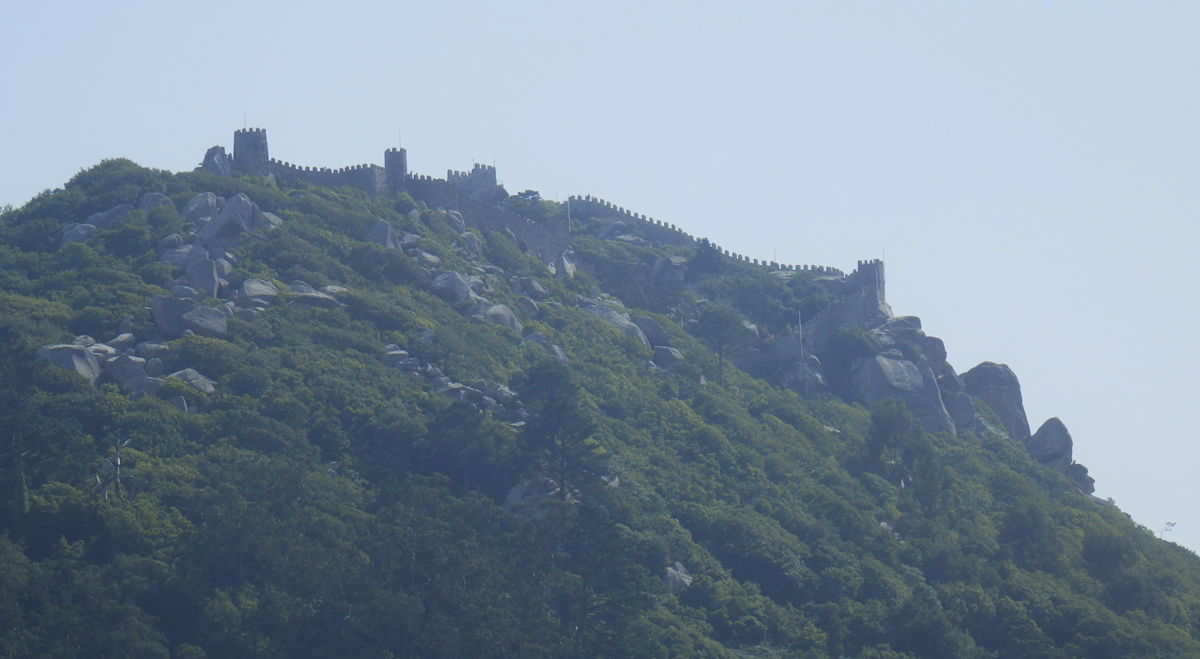
JJ had picked a hotel just outside the touristy center of town with a view from the patio of The Castelo dos Mouros (The Moors Castle) atop a distant hill. Other houses of stucco, tile or stone jutted from the forest, some with crenelated towers and/or gothic-arched windows. The short walk into town led us past literally tons of public art planted along a wide walkway, also used by local crafty folk to sell their wares, to the old town square in front of Palacio Nacional de Sintra, a big, white building with massive chimneys.
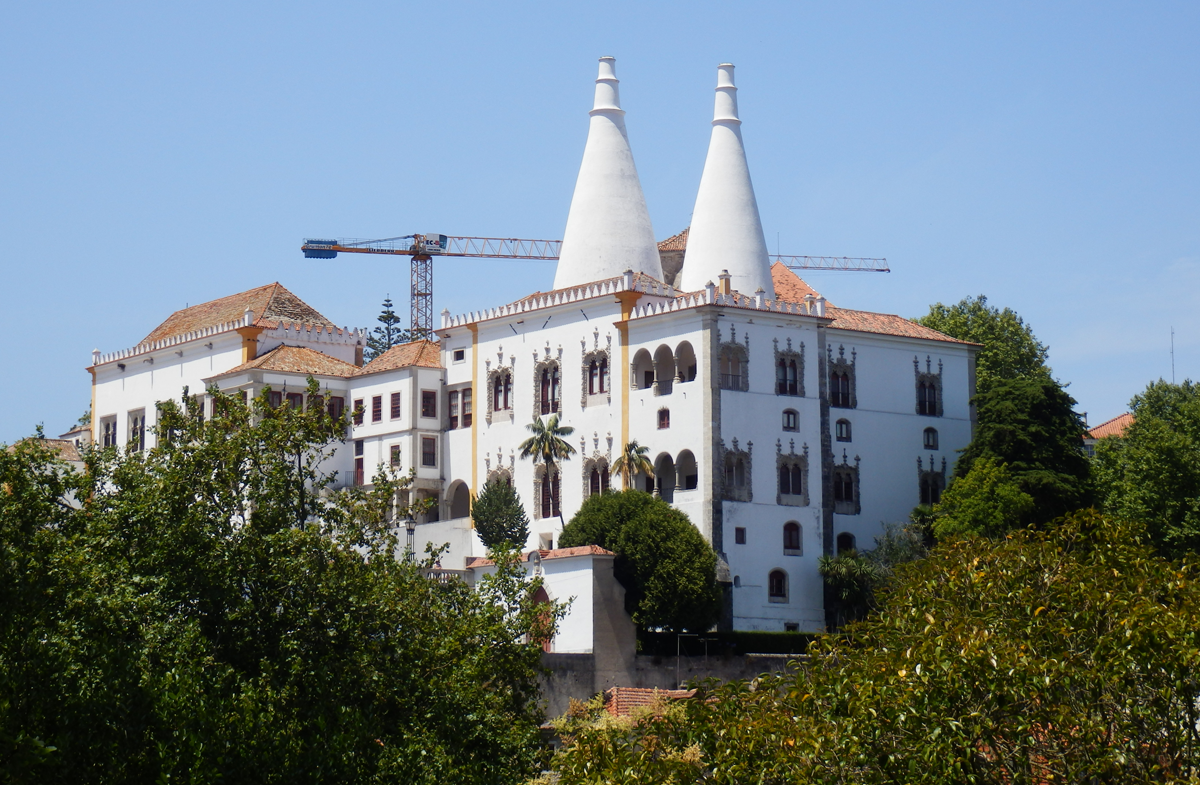
Some of JJ’s family members toured the palace and said it had some interesting furnishings but of the many palaces in the area various guidebooks didn’t rate it as highly as others so I skipped it for a side trip. By day, the square is crowded with tourists looking for a meal, lining up to catch a bus to one of the palaces, or shopping at dozens of souvenir shops.
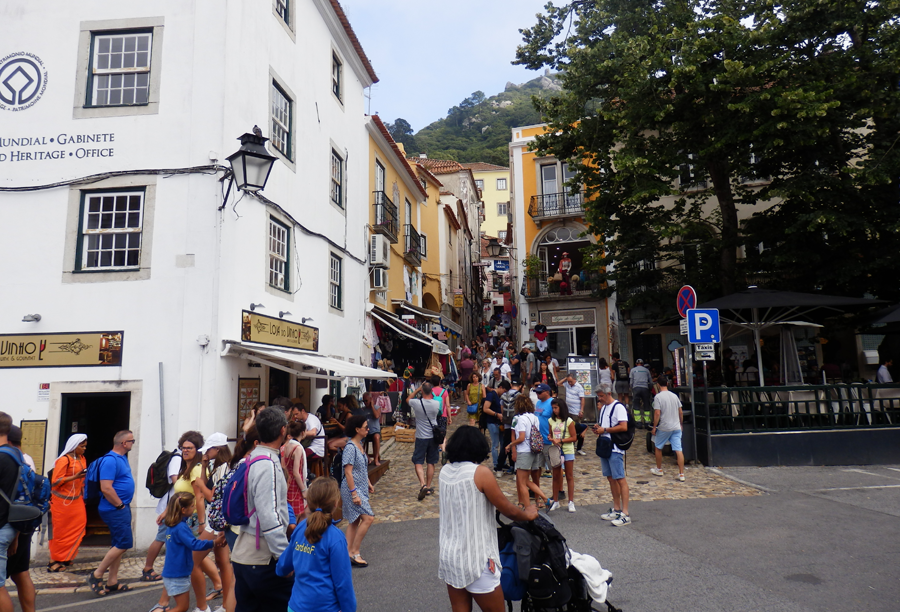
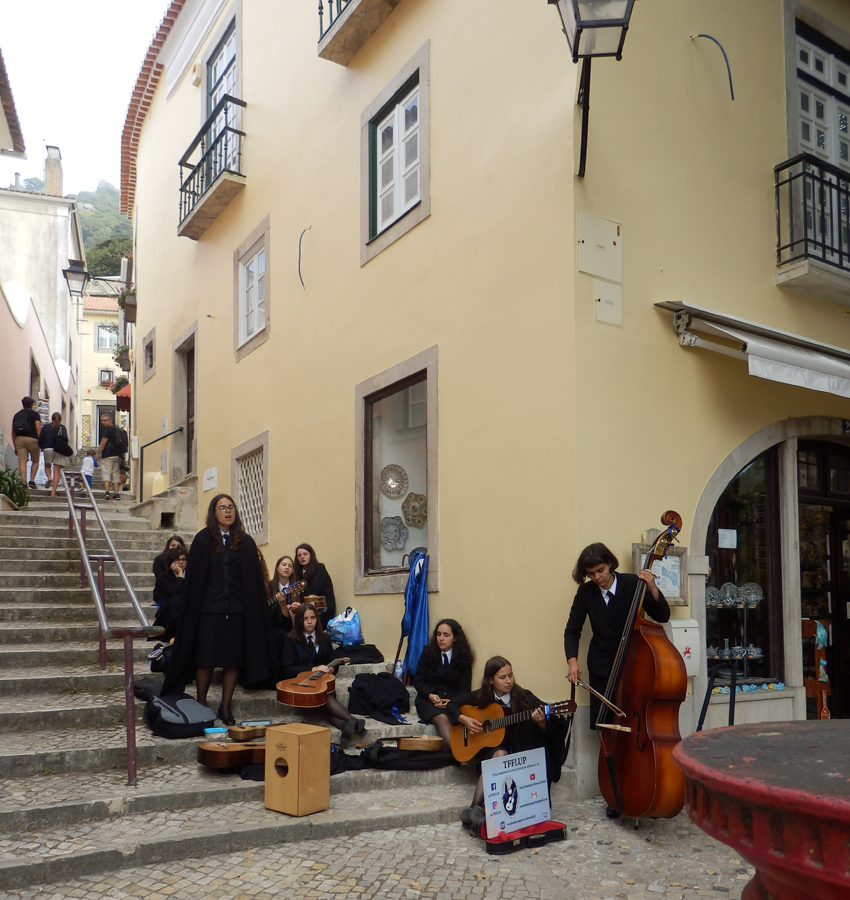
We ran into The Hogwarts All Girl Goth Choir several times as they busked for money to take their school music class on a trip. (Note: not actually from Hogwarts.) These ladies definitely have some talent and did a few Fado numbers, traditional, melancholy, Portuguese folk music. Unfortunately, this happened to be the only Fado we caught over the entire trip. Next time…
By dark, Sintra’s square is all but deserted. A lot of people day-trip from Lisboa or the beach. Also, it’s a small town and the Portuguese don’t seem to be the night owls that, say, the Spanish or Italians are. I’ll admit we didn’t look for night life much this trip, so I may have just missed it. We enjoyed some strolls in the dark, quiet streets, admiring the art and random views of the castle.
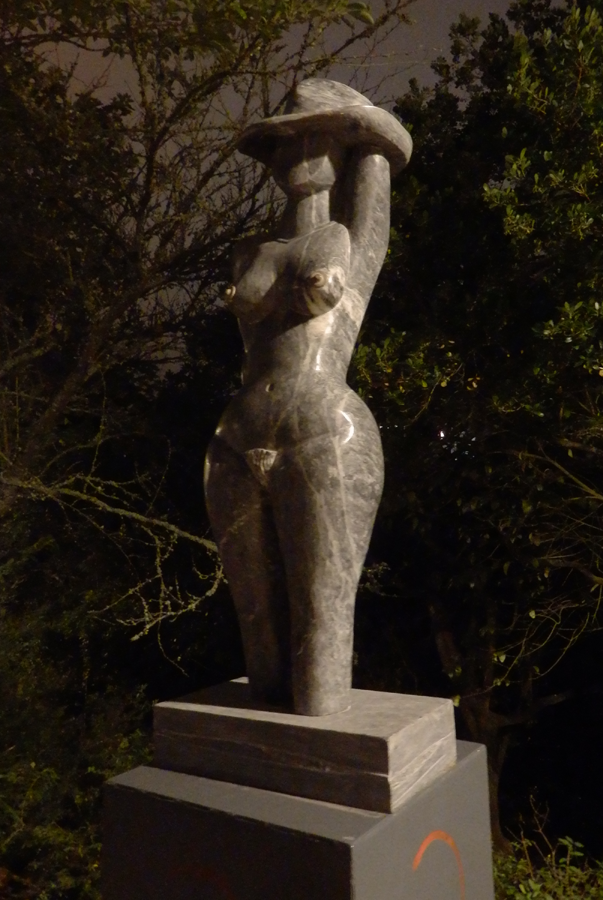
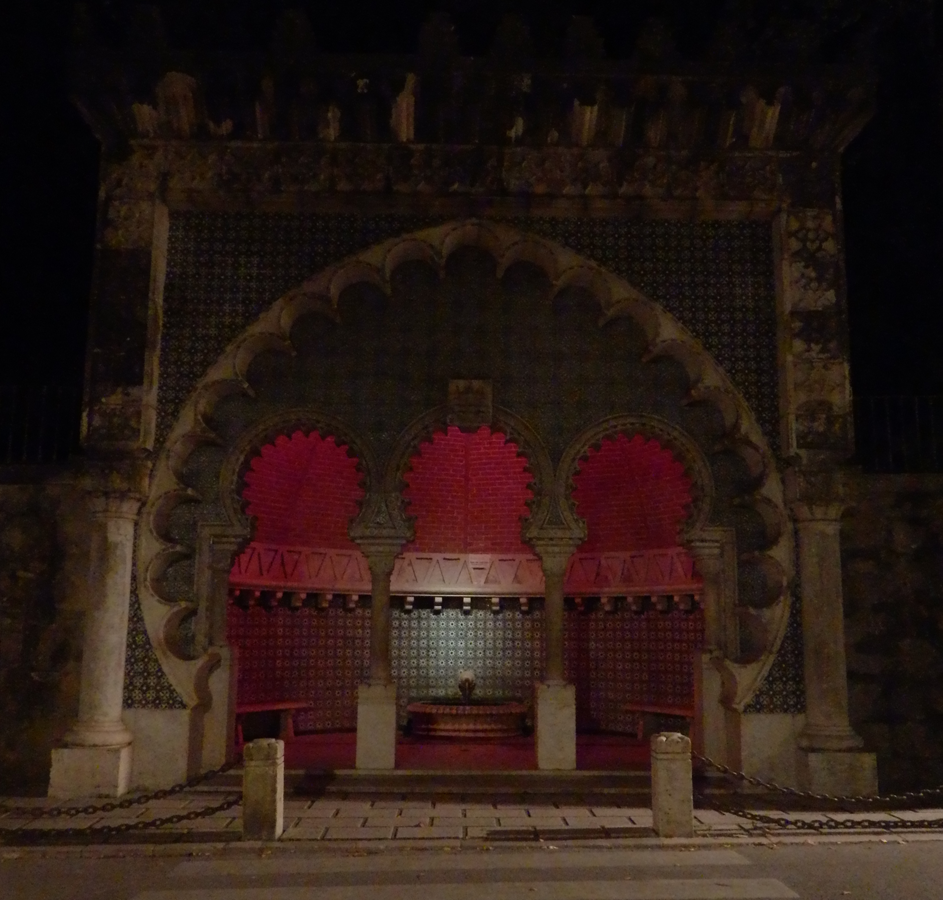
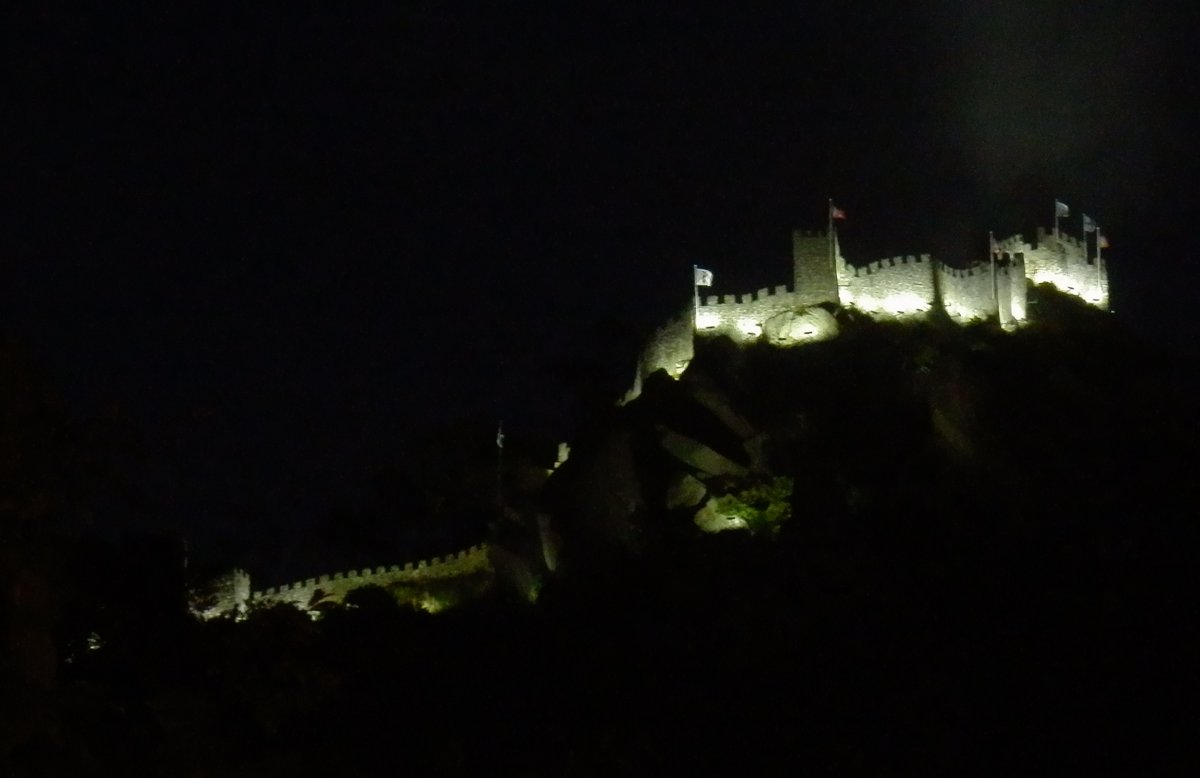
The roads around Sintra are narrow, winding, and often one-way. A cabby charged us 10 Euros to drive only a couple of miles (pretty high for Portuguese prices) because he had to go 40 minutes out of his way to get back to town. Parking can be equally challenging so we hadn’t bothered to rent a car. There is a hop-on-hop-off tourist bus, but it didn’t seem worth the money. We managed just fine with feet, ride shares, and a regular bus to get around.
We got up early to beat some of the line for Palácio da Pena, which turned out to be the smart thing to do. I suspect this is the most popular of the various palaces, for good reason. It’s like Disney, but real.
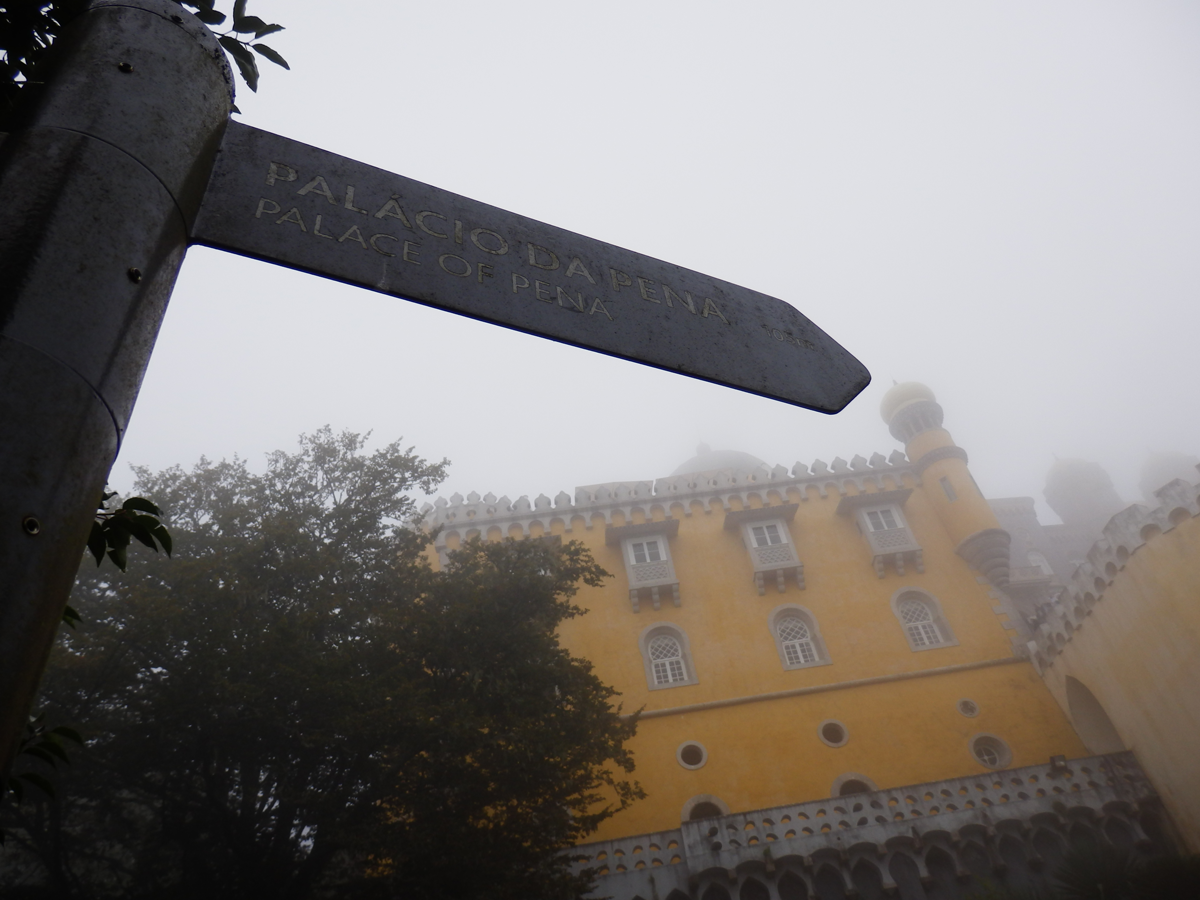
Well, real-ish. Though many palaces in Sintra look medieval, they were built in the 1800s as sort of private Disneylands for the rich, with fantastical architecture, sprawling gardens, and large staffs. Dense fog and/or low clouds had blanketed the hilltops when we arrived, adding a fuzzy, atmospheric effect to everything.
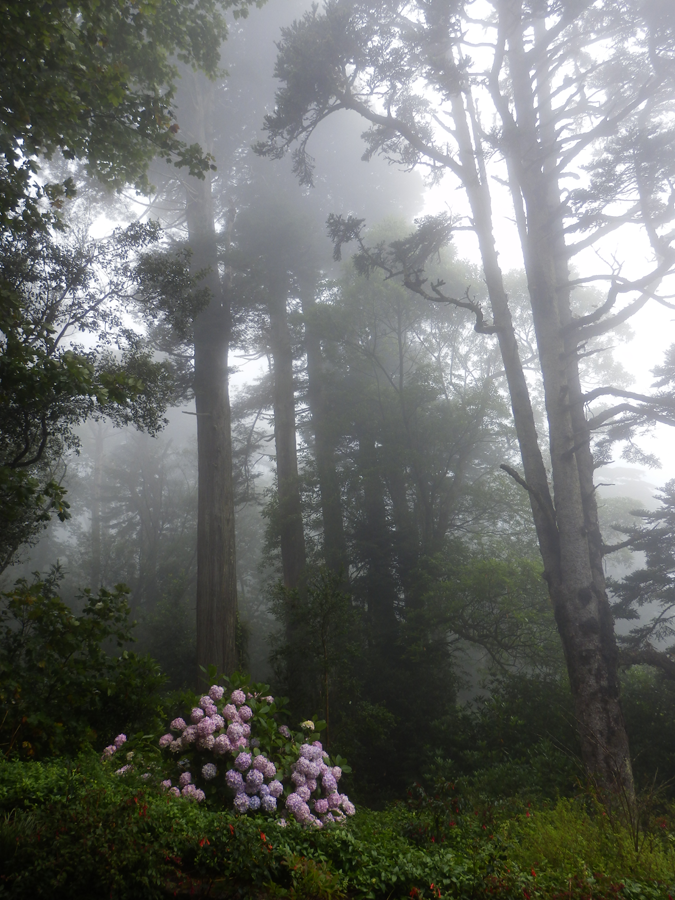
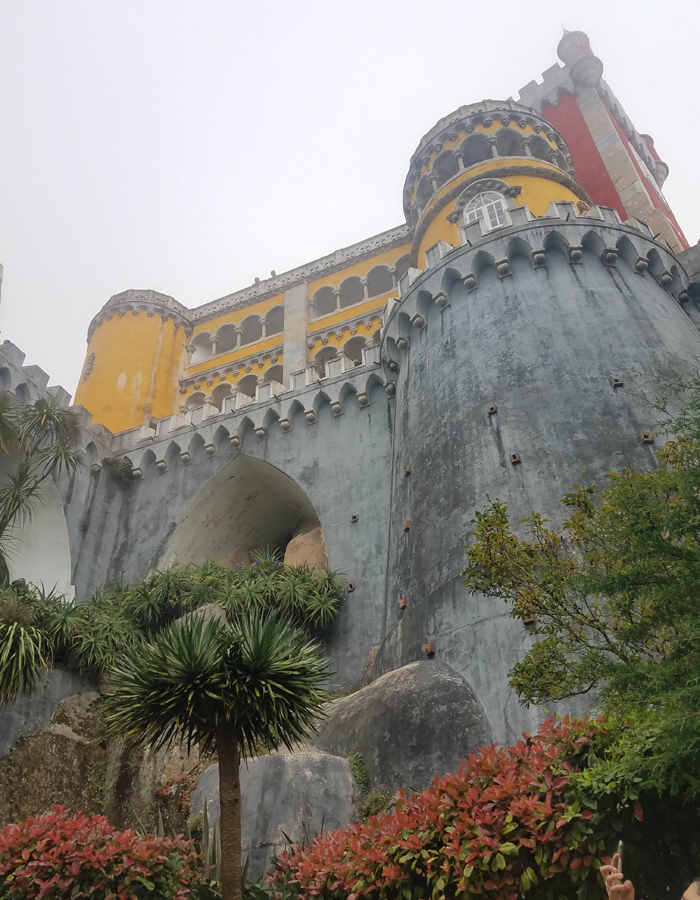
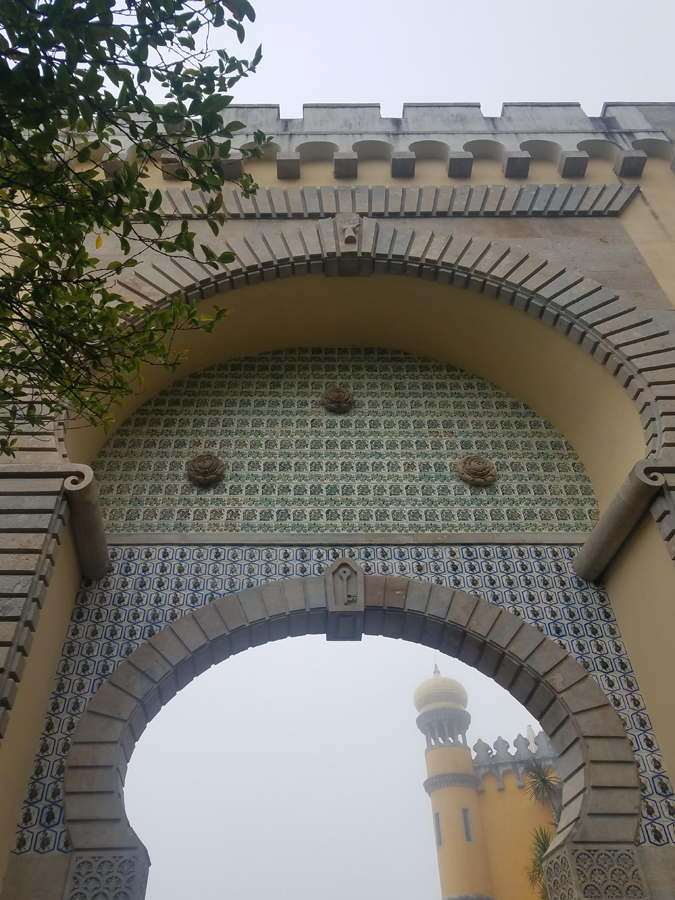
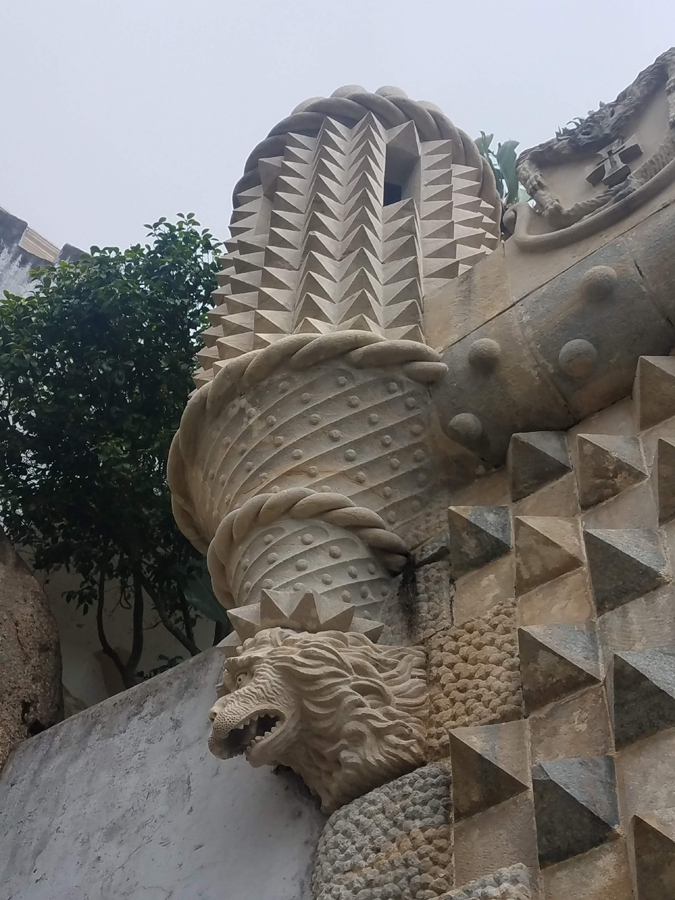
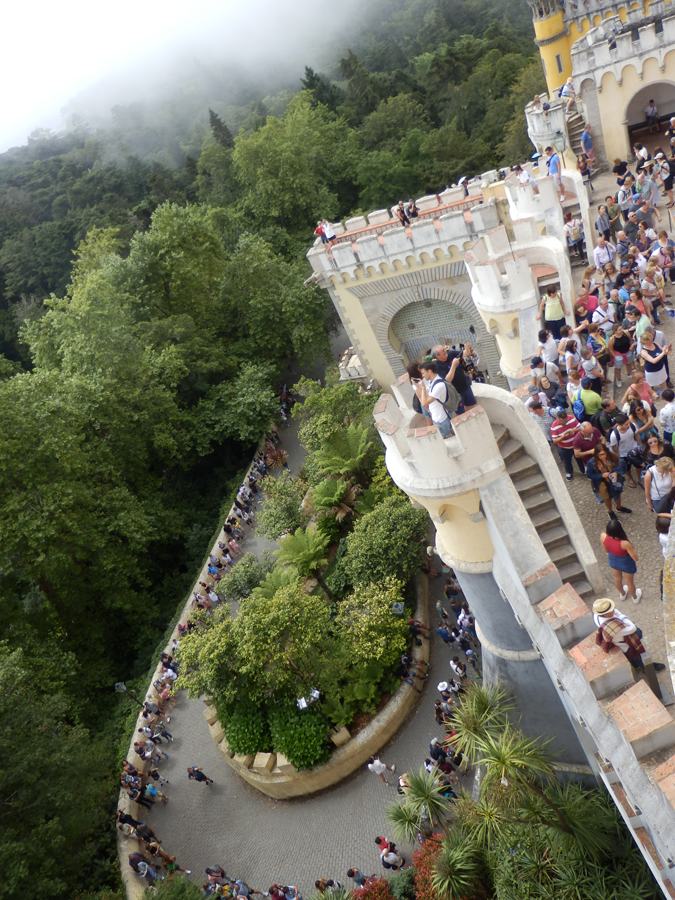
For a few extra euros and a wait in line, you can tour a large portion of the interior of the palace featuring furniture of the era, if not original to the house. There are decorative elements to match the grandeur of the exterior but they don’t allow photos inside. I suspect they wouldn’t be able to generate quite as many upsells if you knew much about the interior in advance. We waited in a line about an hour for a 45 minute walk-through. Worth it? Maybe not, honestly. The real deal here is the outside, the architectural details, and, when the clouds break, the views – definitely worth the price of admission.
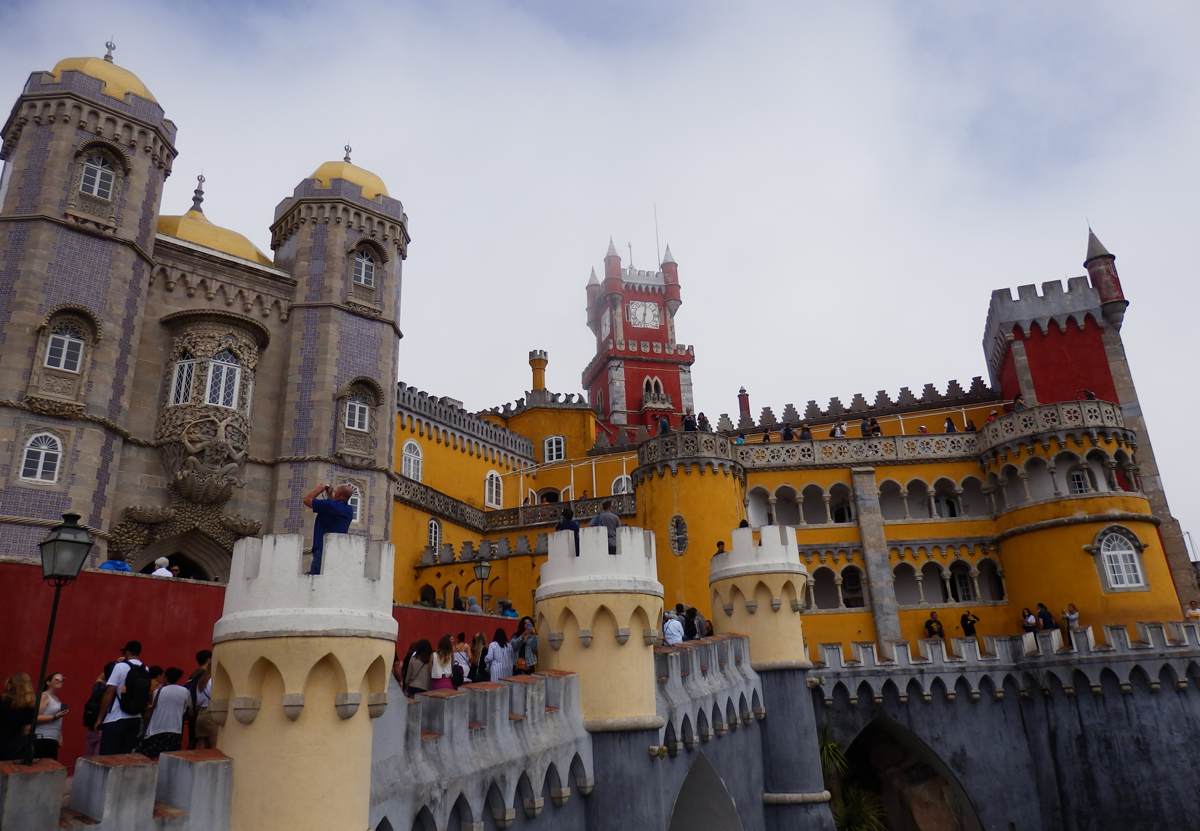
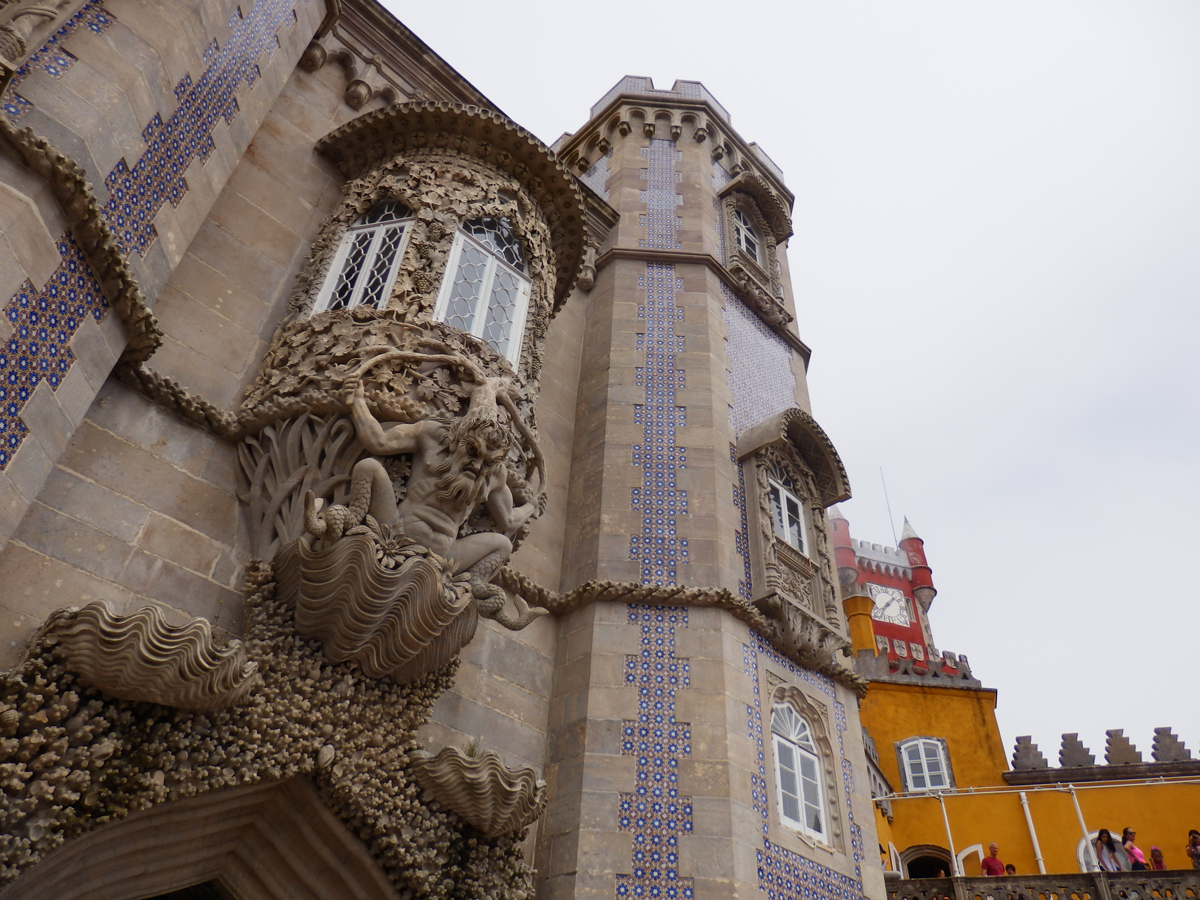
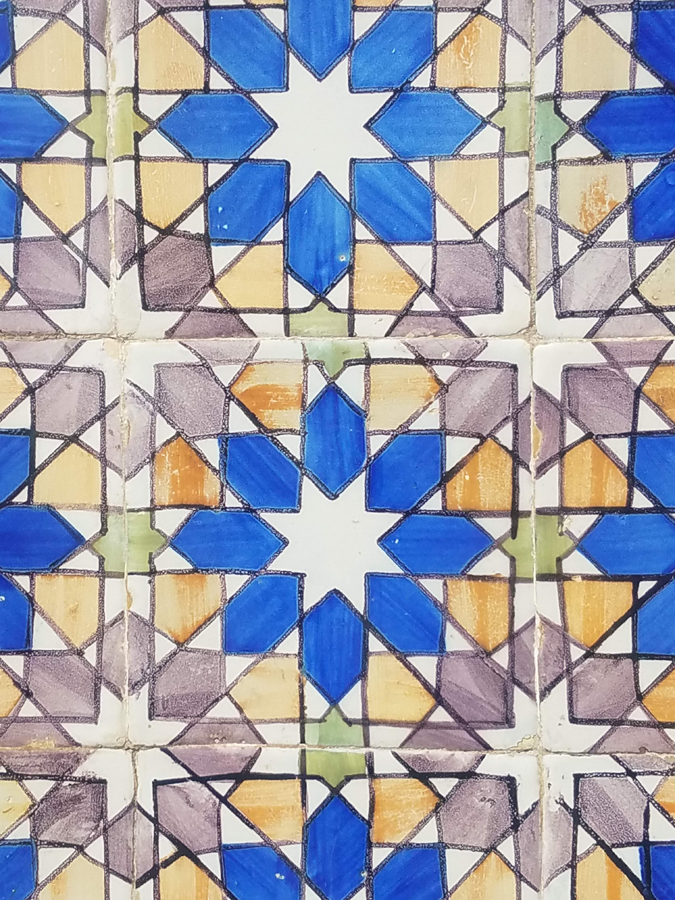
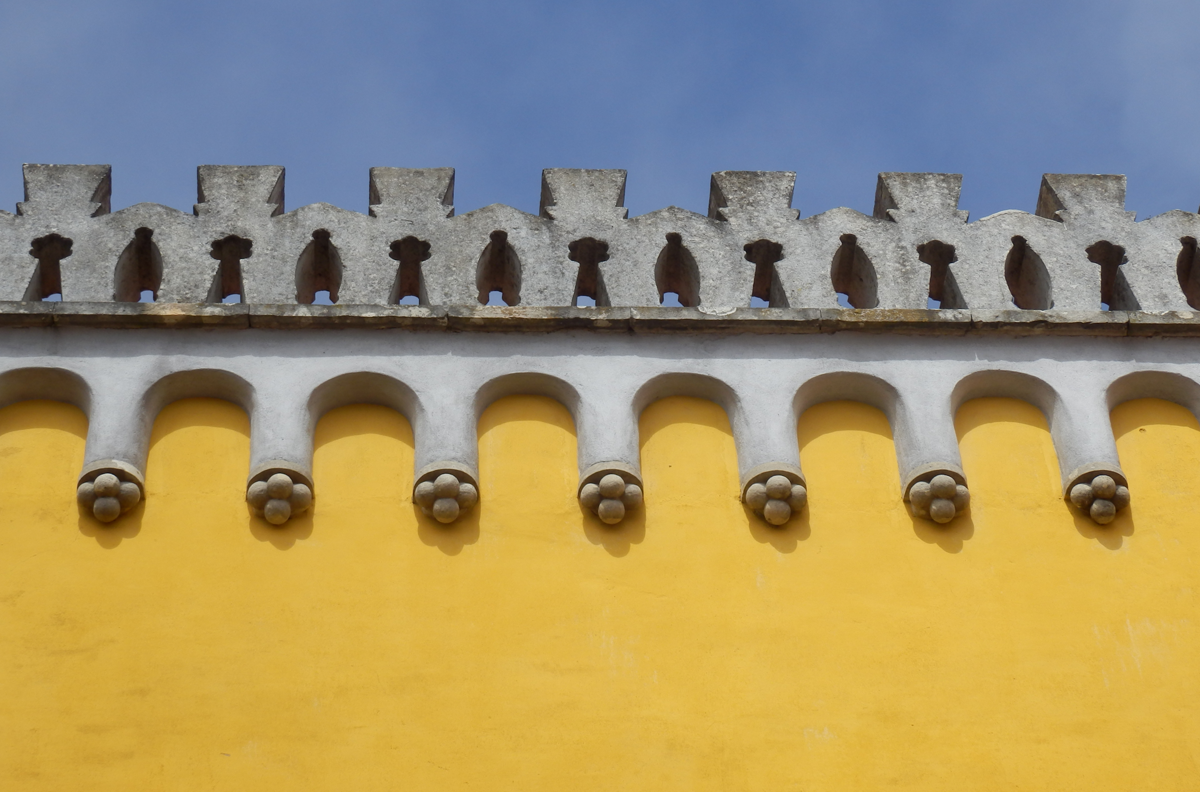
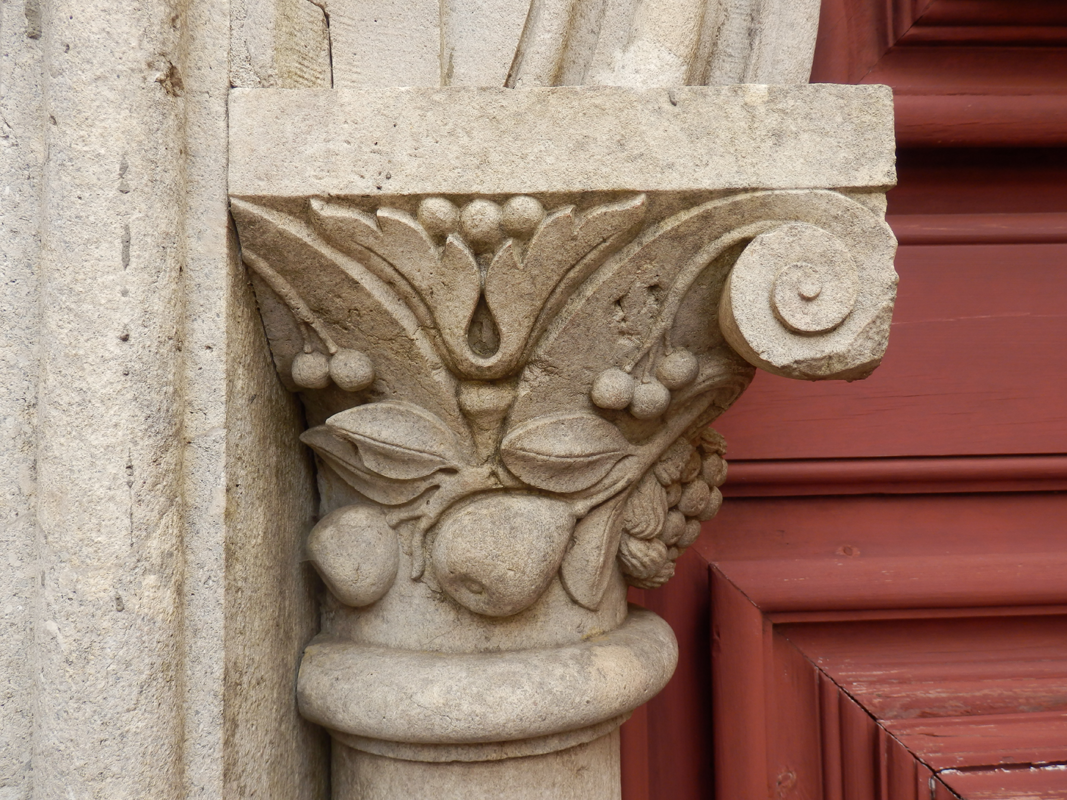
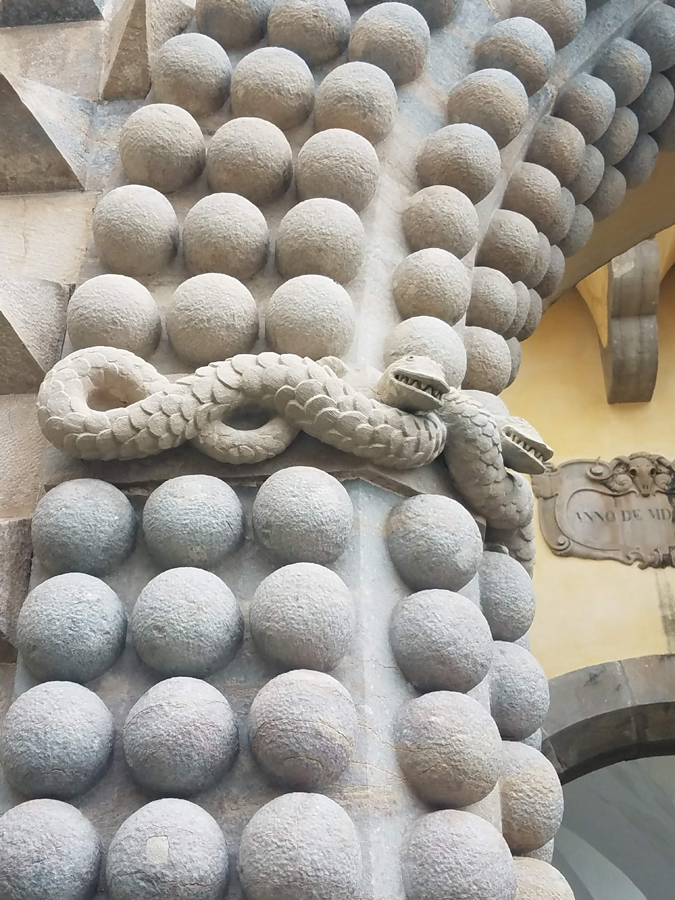
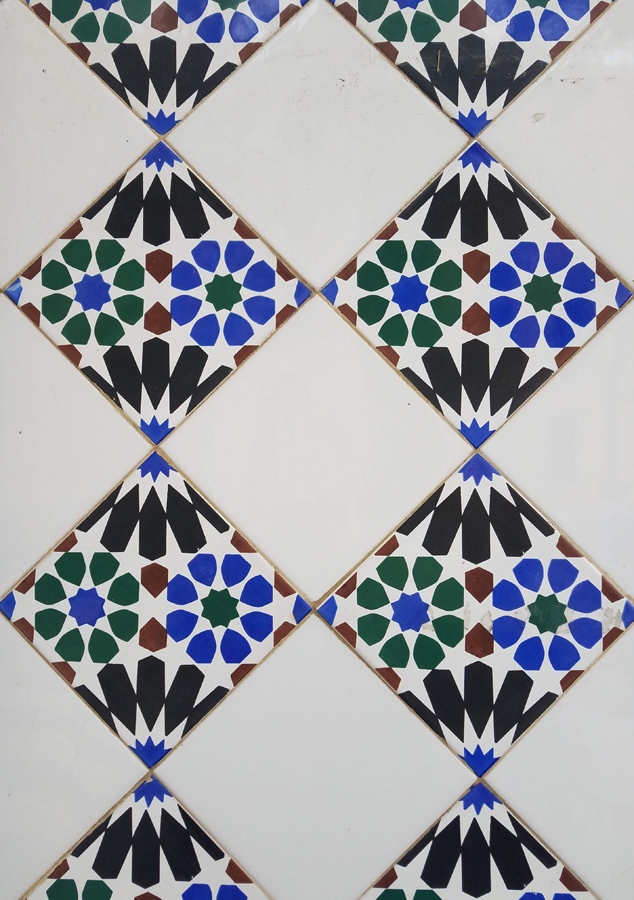
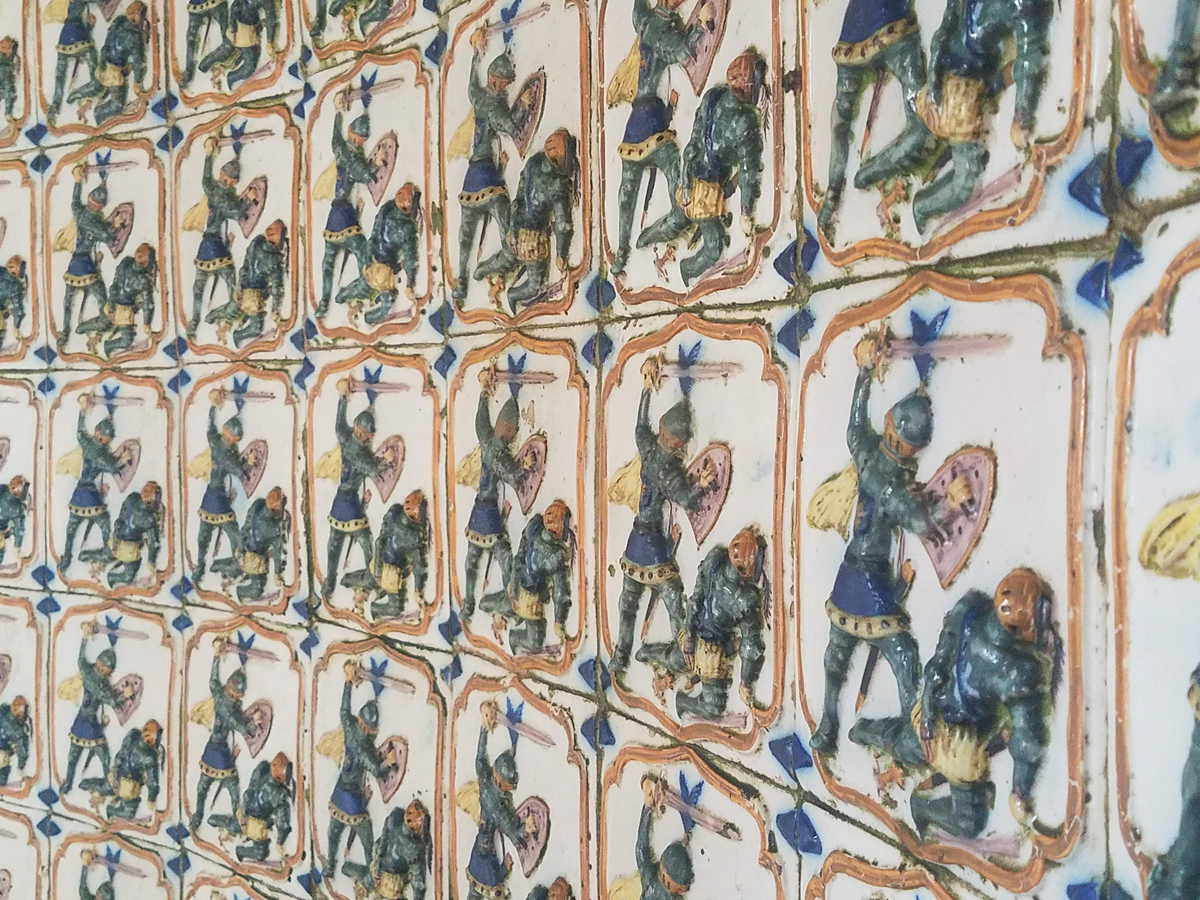
On the back side of the courtyard is a small chapel that they will allow you to photograph, but only from behind a rope barrier. Near there is a walkway that winds around the outside of the building, giving you about 270 degrees of viewing from the mountain.
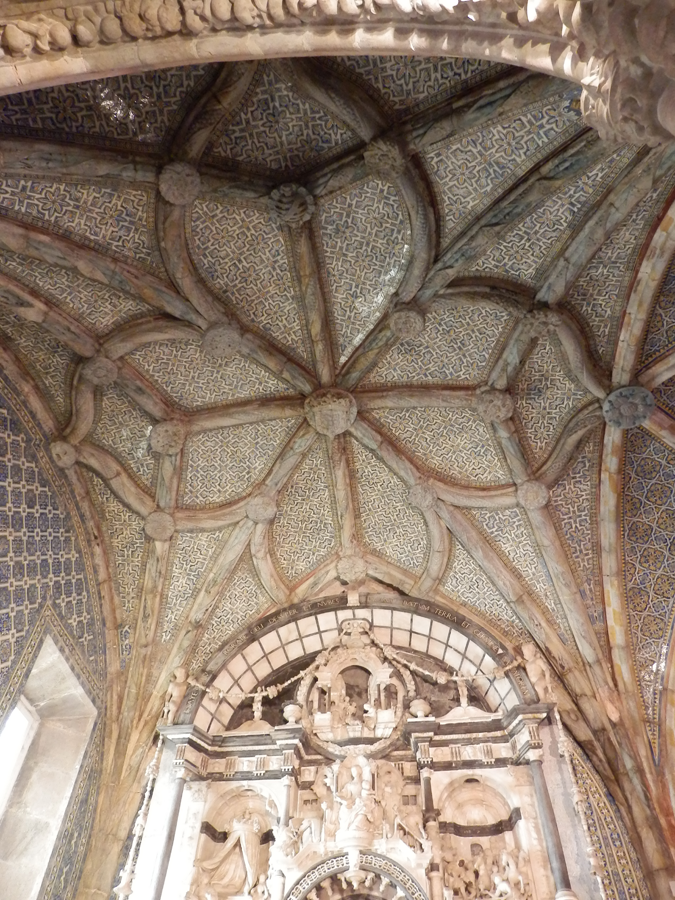
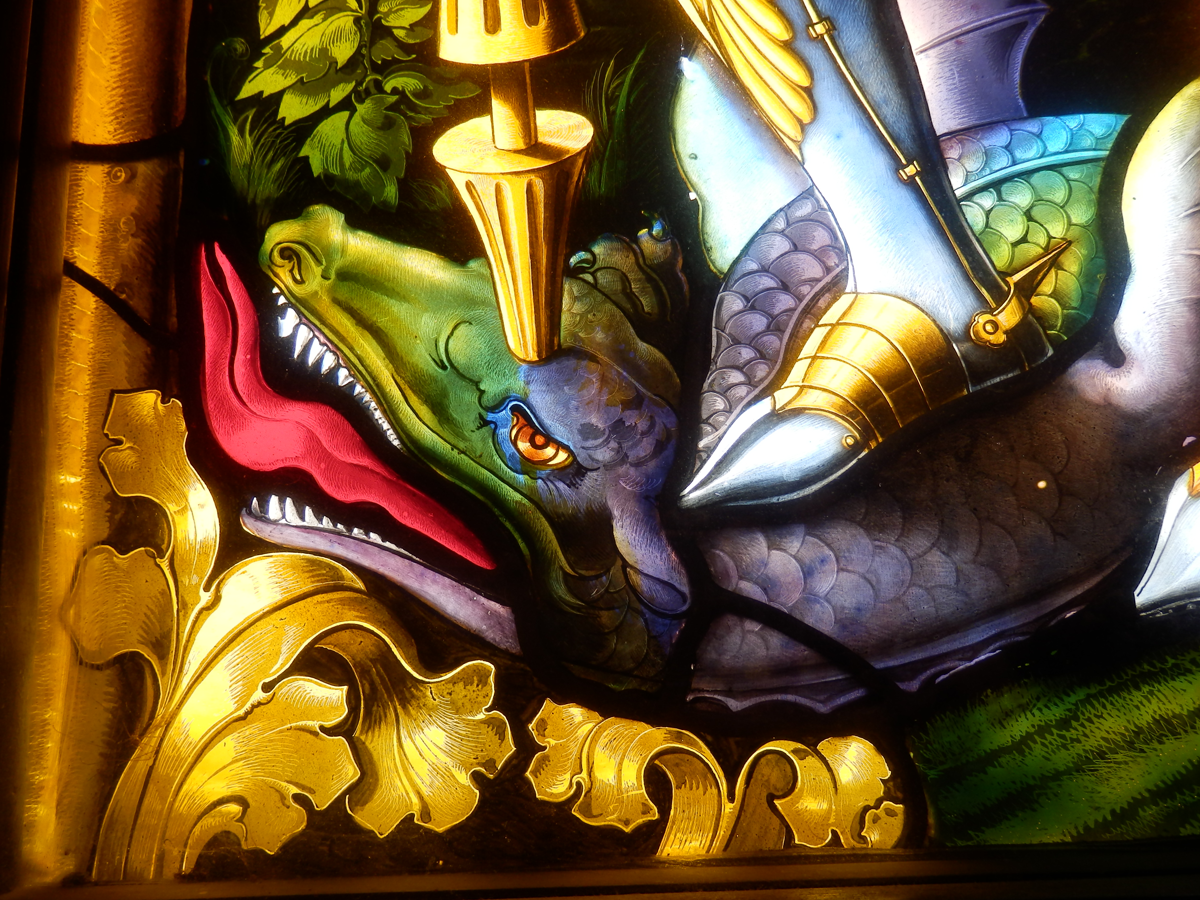
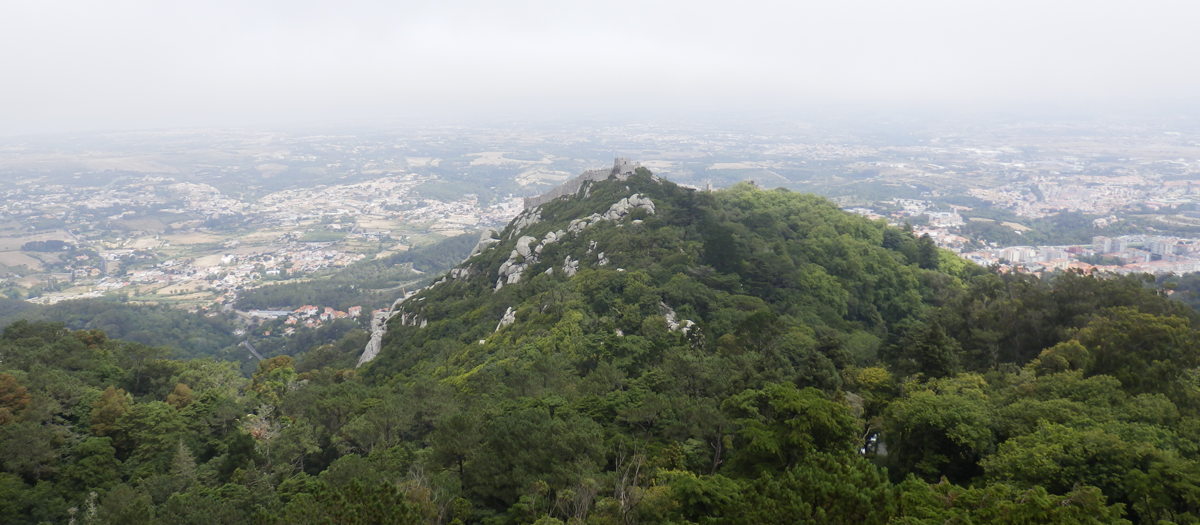
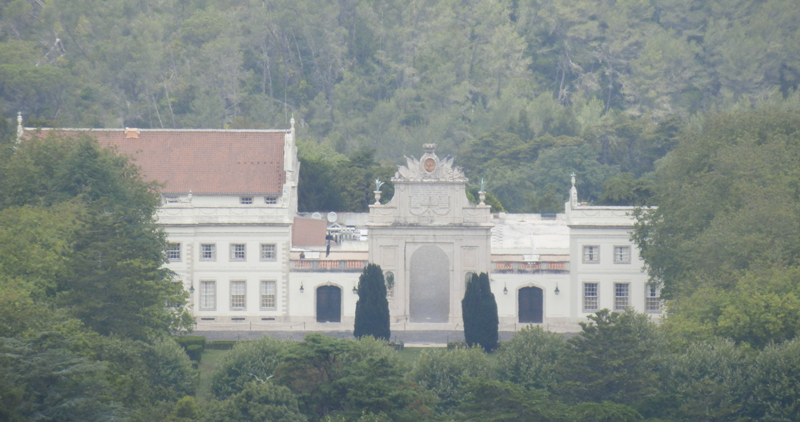
We could even see the palace/hotel where JJ’s aunt had shacked up, Seteais. Later, we’d snap a photo from down there looking up. We had drinks on their patio and considered a jump in their lovely swimming pool but never made the time to fully slack.
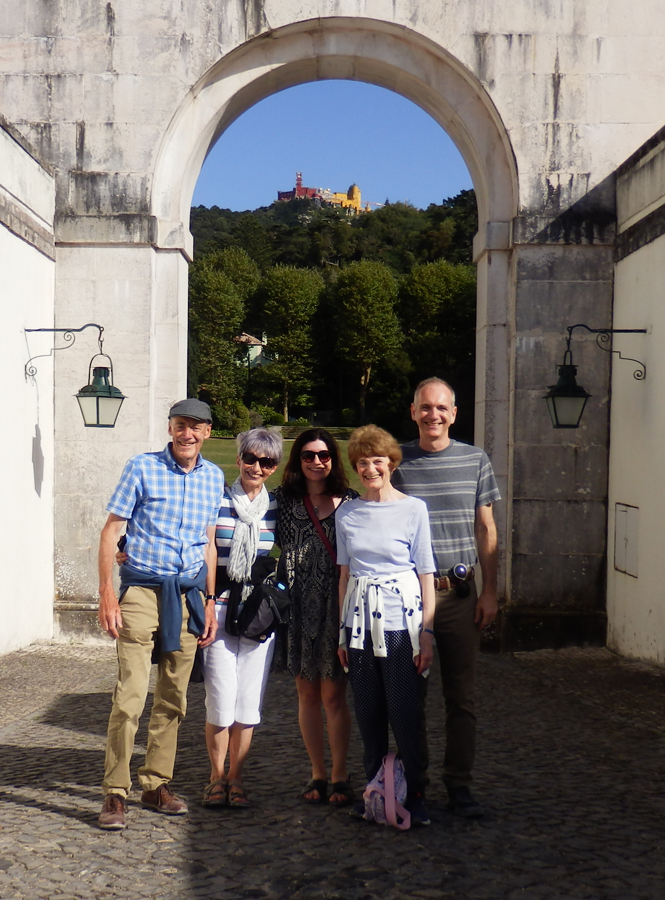
Across the street from Seteais is Quinta da Regaleira, another sprawling complex. As Wiki puts it, “a romantic palace and chapel, and a luxurious park that features lakes, grottoes, wells, benches, fountains, and a vast array of exquisite constructions.”
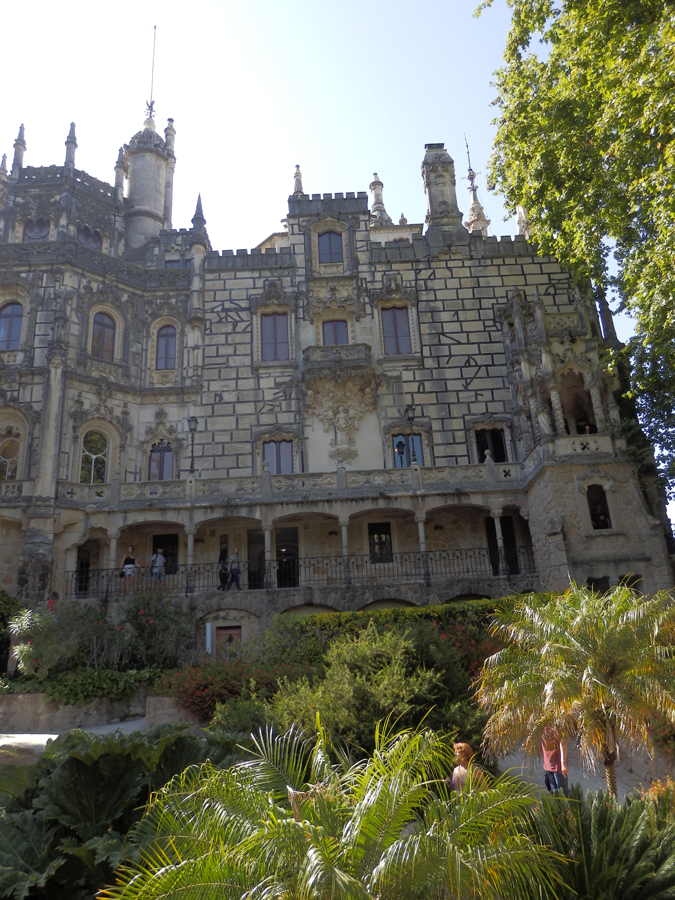
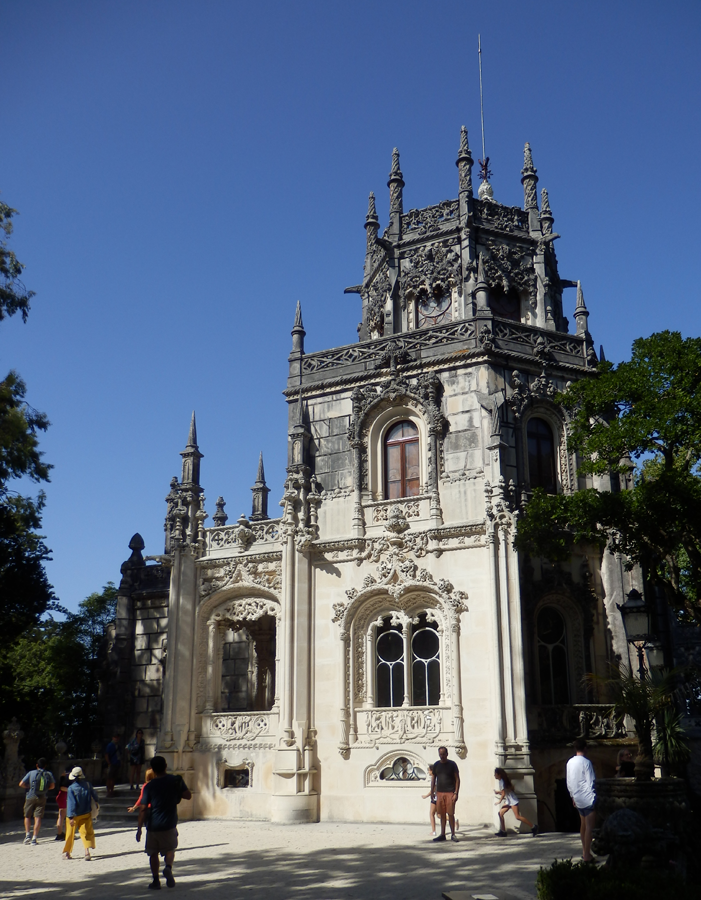
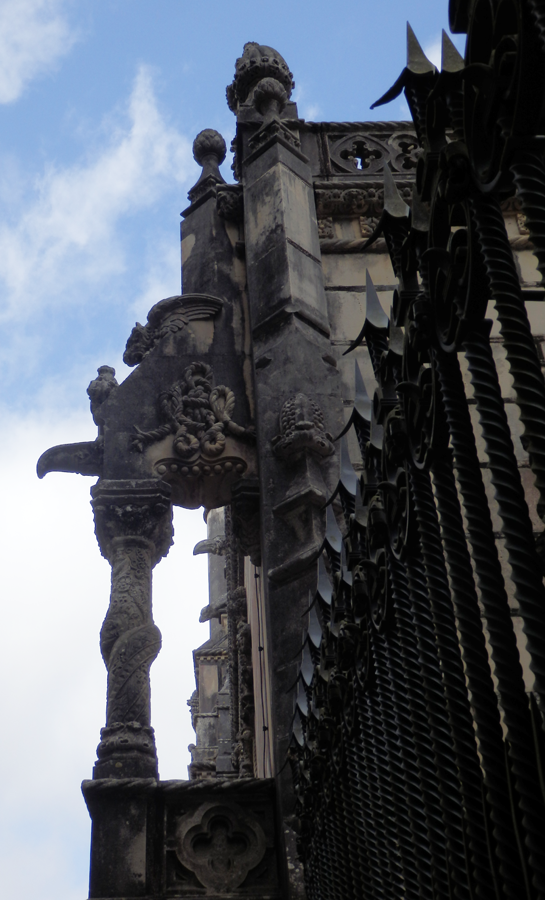
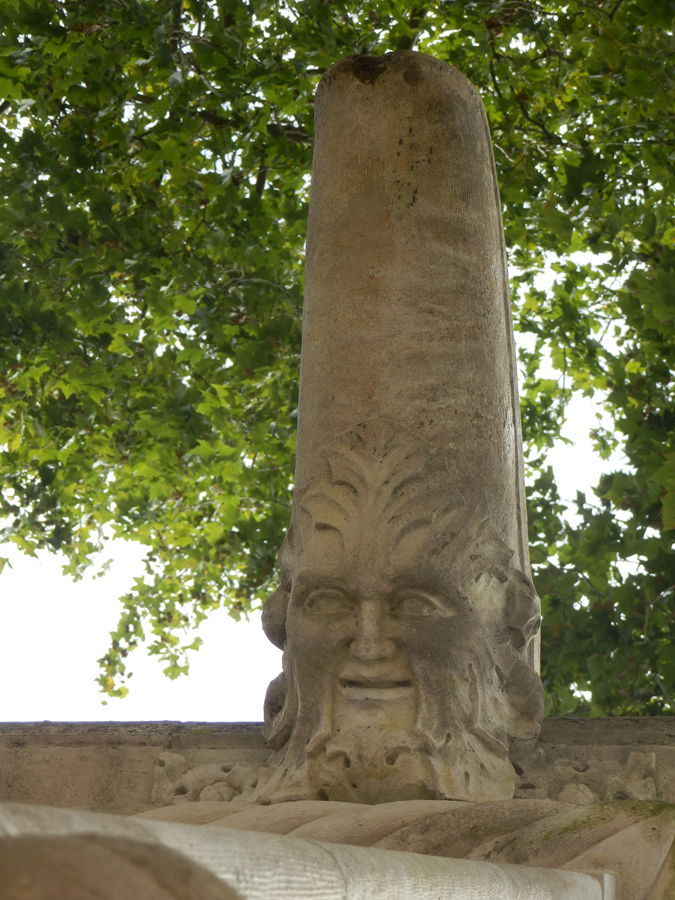
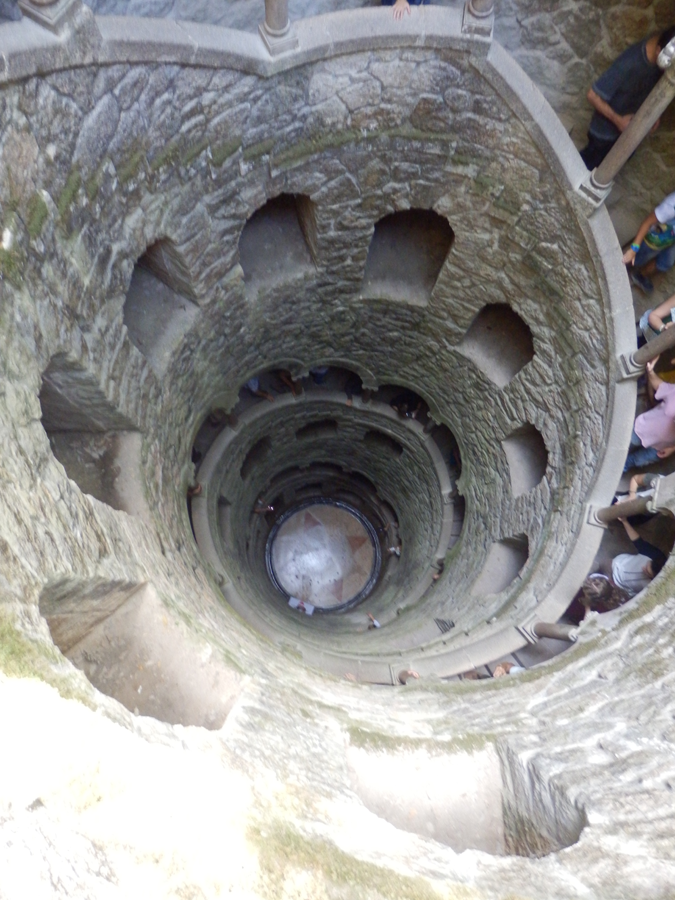
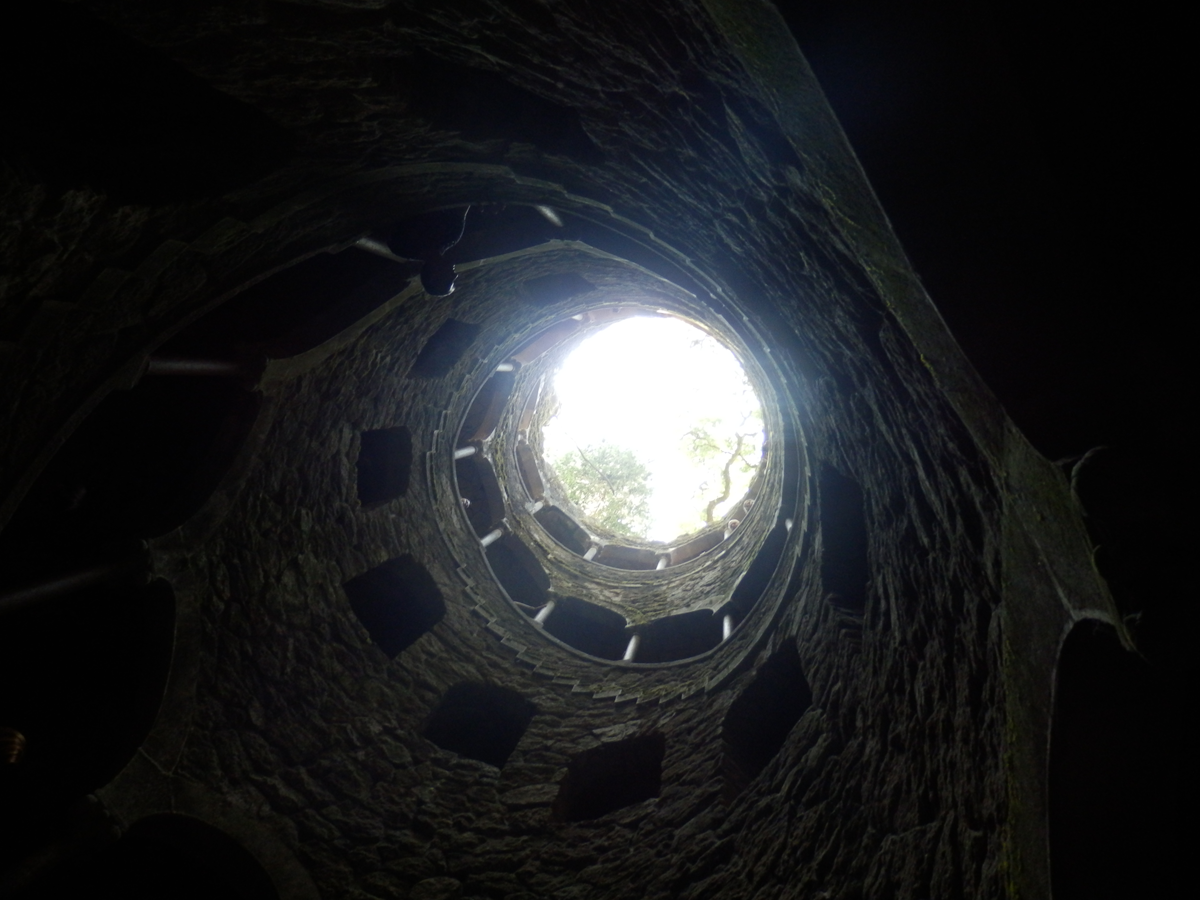
This well-like structure has a couple of spiral staircases leading down to tunnels, one of which exits under a waterfall, another to a grotto along the edge of a pond. As nice as the buildings were, the gardens were my favorite part. Tons of sculpture, flowers, odd little nooks and random turrets – too much to fully take in with only an afternoon to explore.
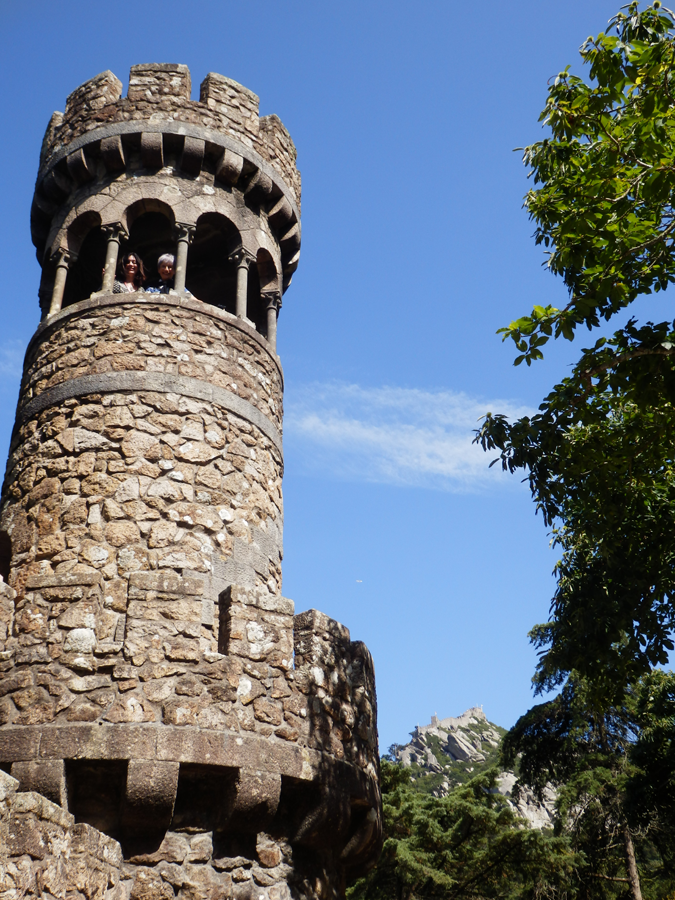
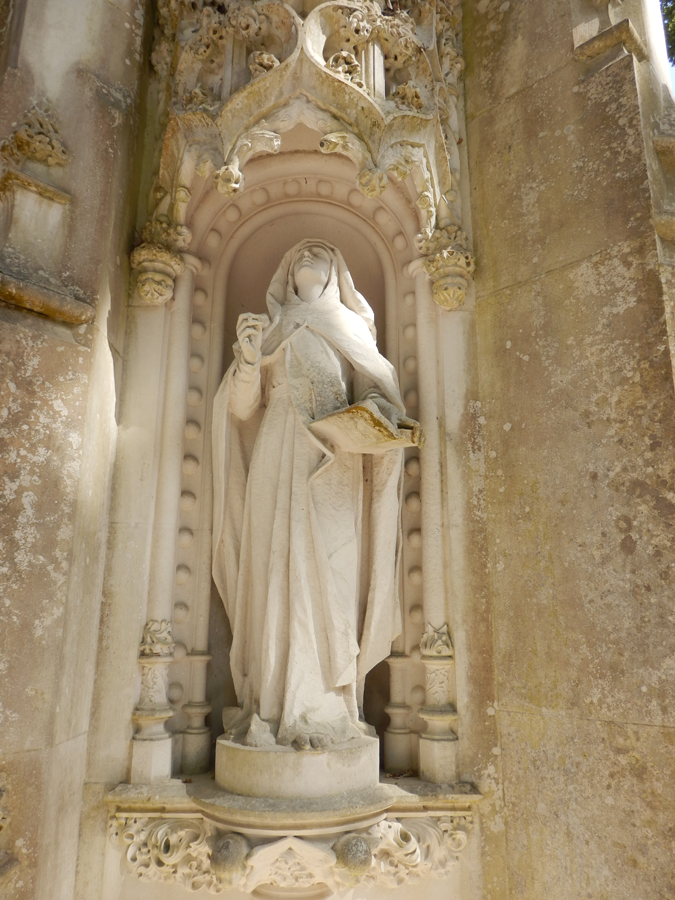
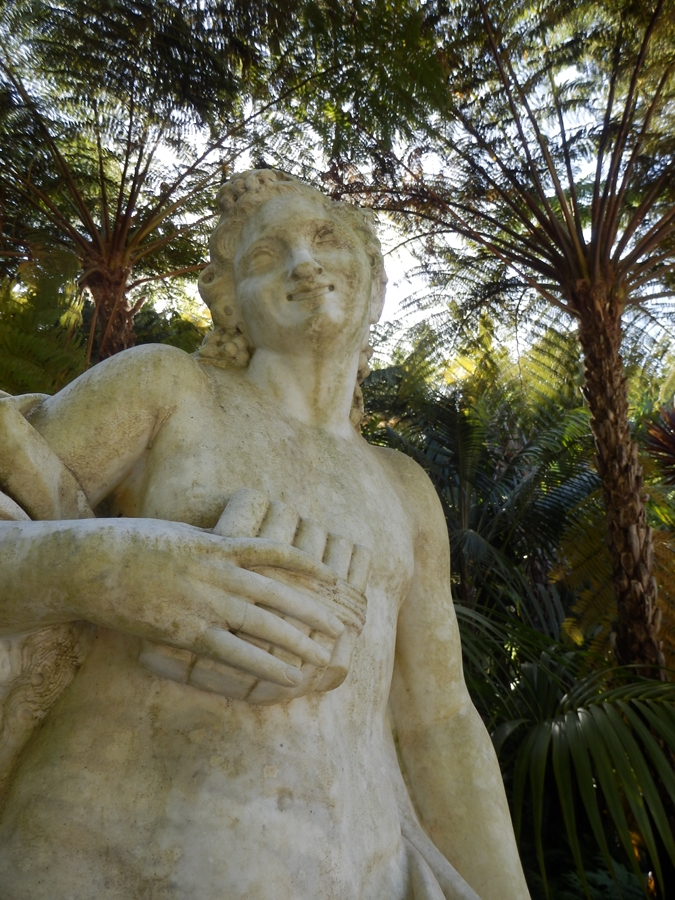
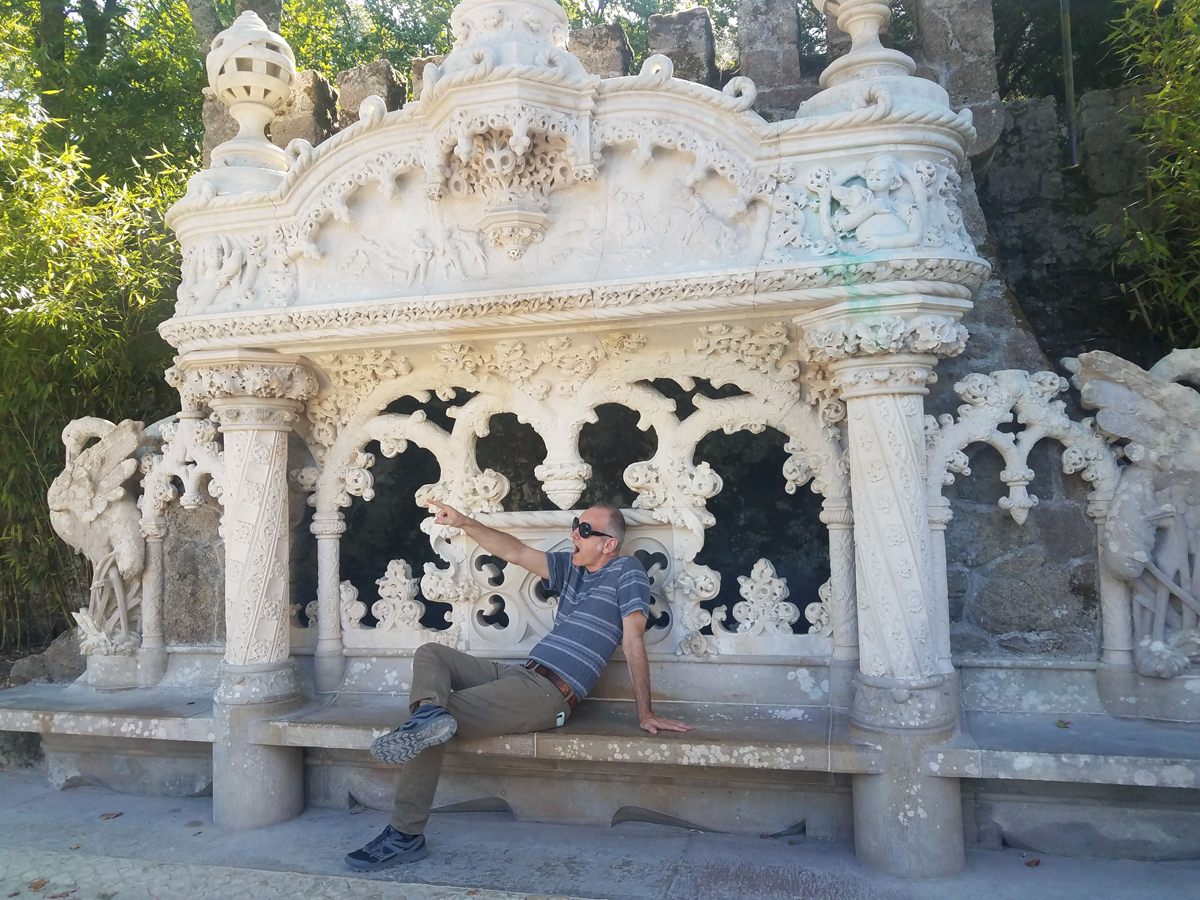
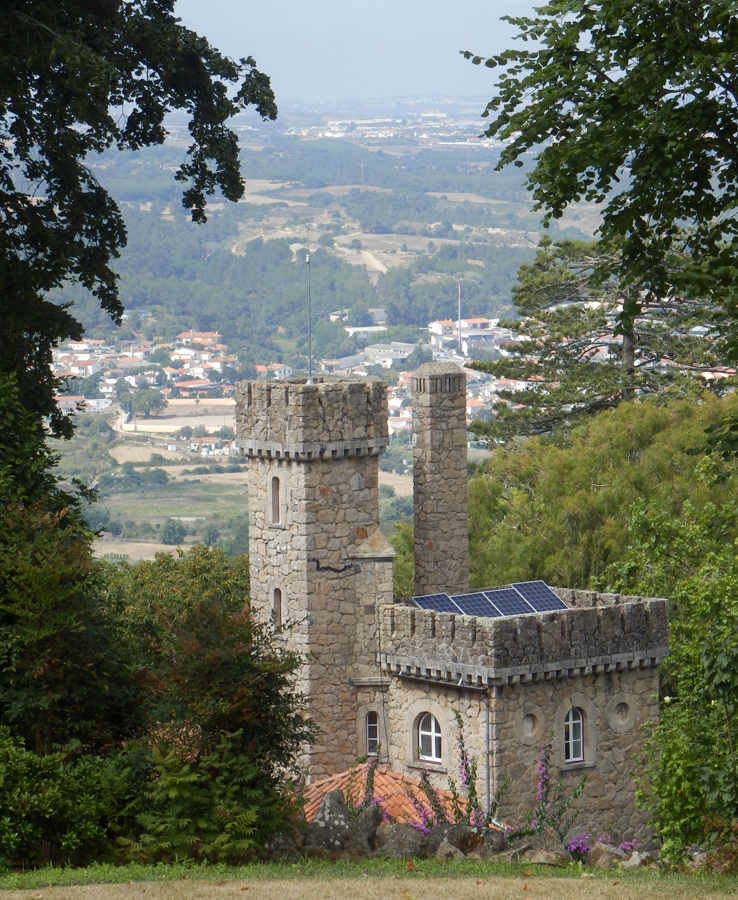
Unlike Pena up the hill, Quinta da Regaleira allows pictures of the interior. There wasn’t much of a line when we went, but the house itself is comparatively tiny. The interior features a lot of carved wooden decoration and nice furniture but it was this fireplace that was my favorite. The details…
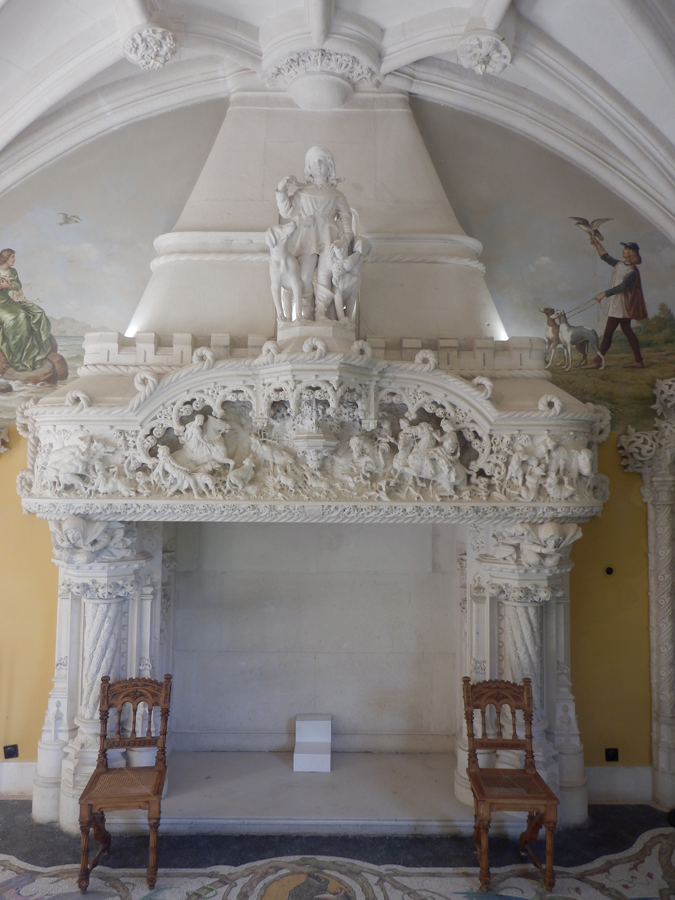
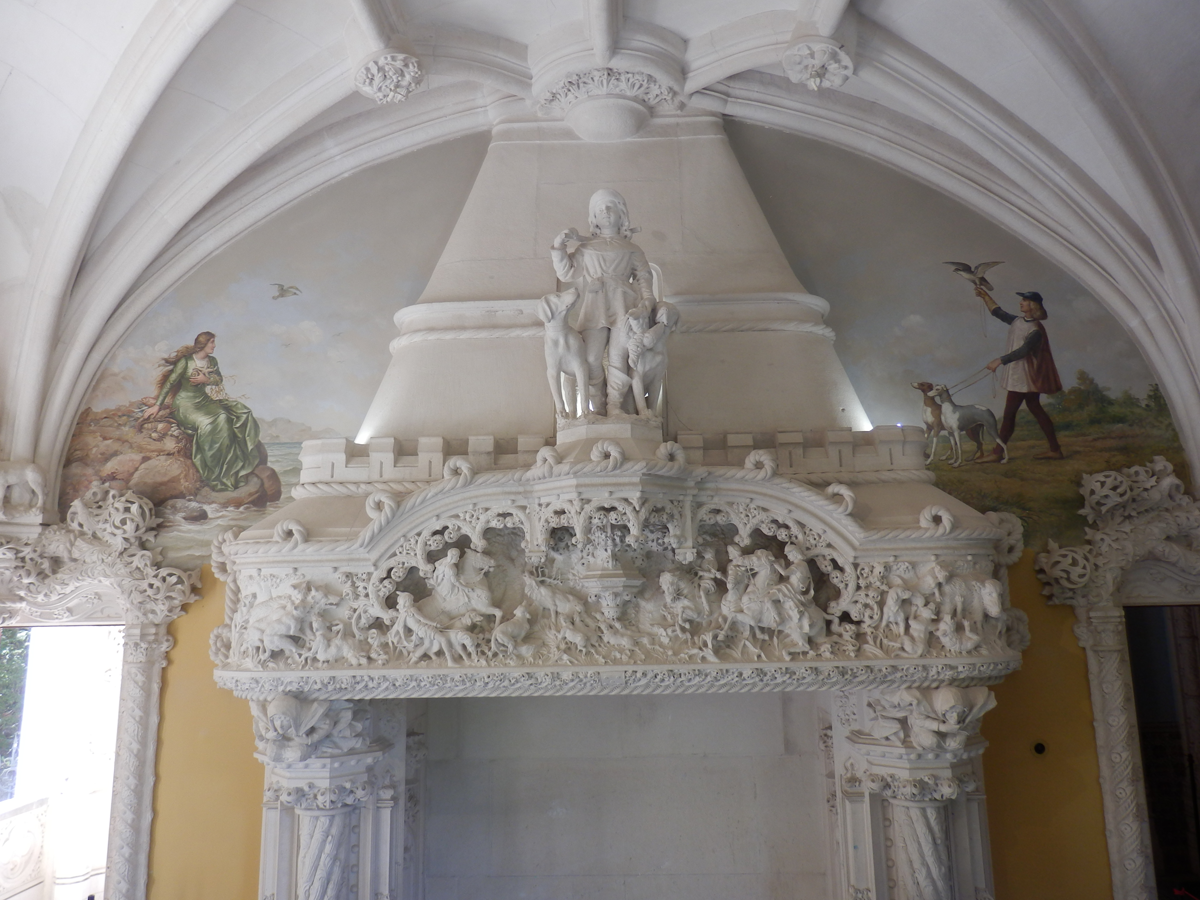
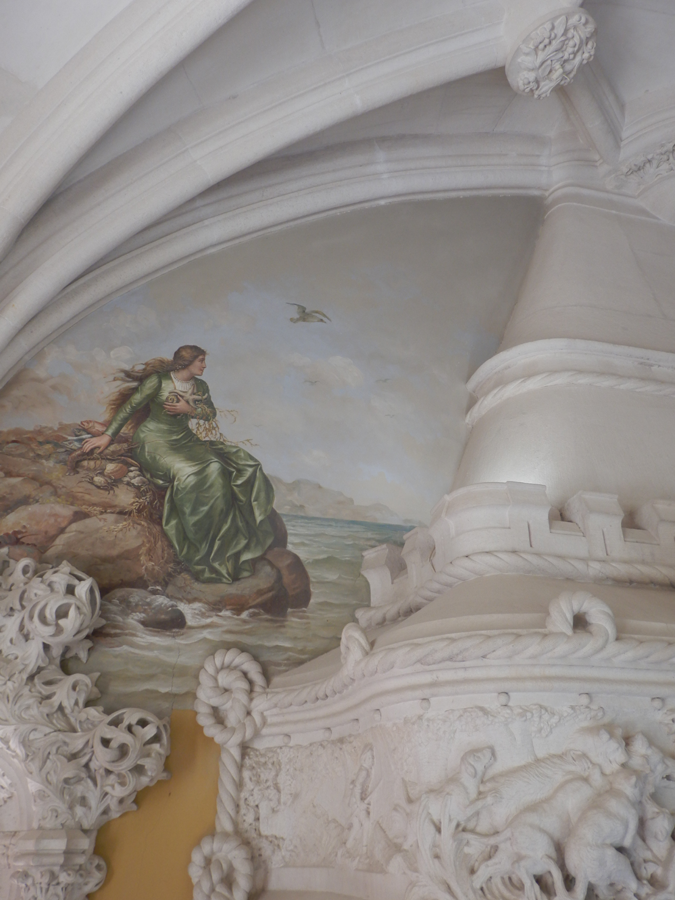
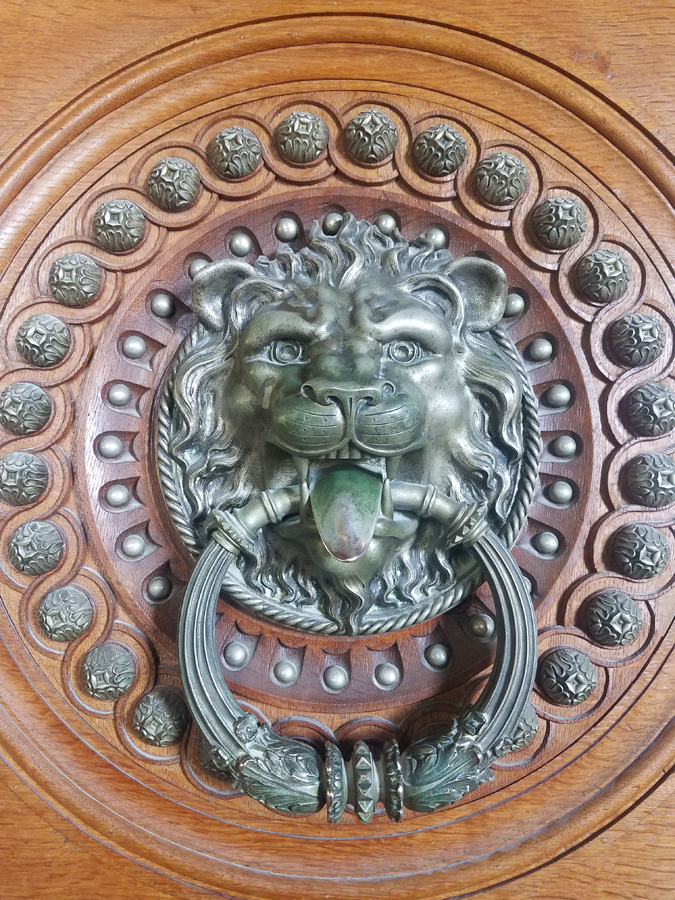
Across the street from Quinta da Regaleira is another palace that’s for sale. You can live in this beautiful place for under 7 million euros! We couldn’t see much of it from the street but the online listing has lots of detail.
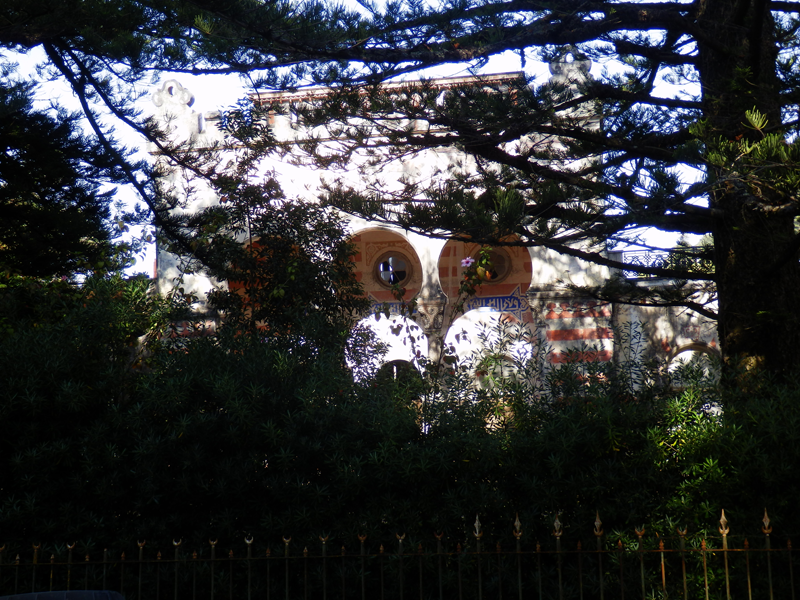
A short bus ride from the town of Sintra, the western edge of mainland Europe crumbles slowly into the sea. There isn’t much to Cabo da Roca itself – a cafe, a lighthouse, and a few trails along the cliff tops – but the views and bragging rights are worth the cheap ticket. A short hike away from the crowd you get a quieter, prettier vantage point.
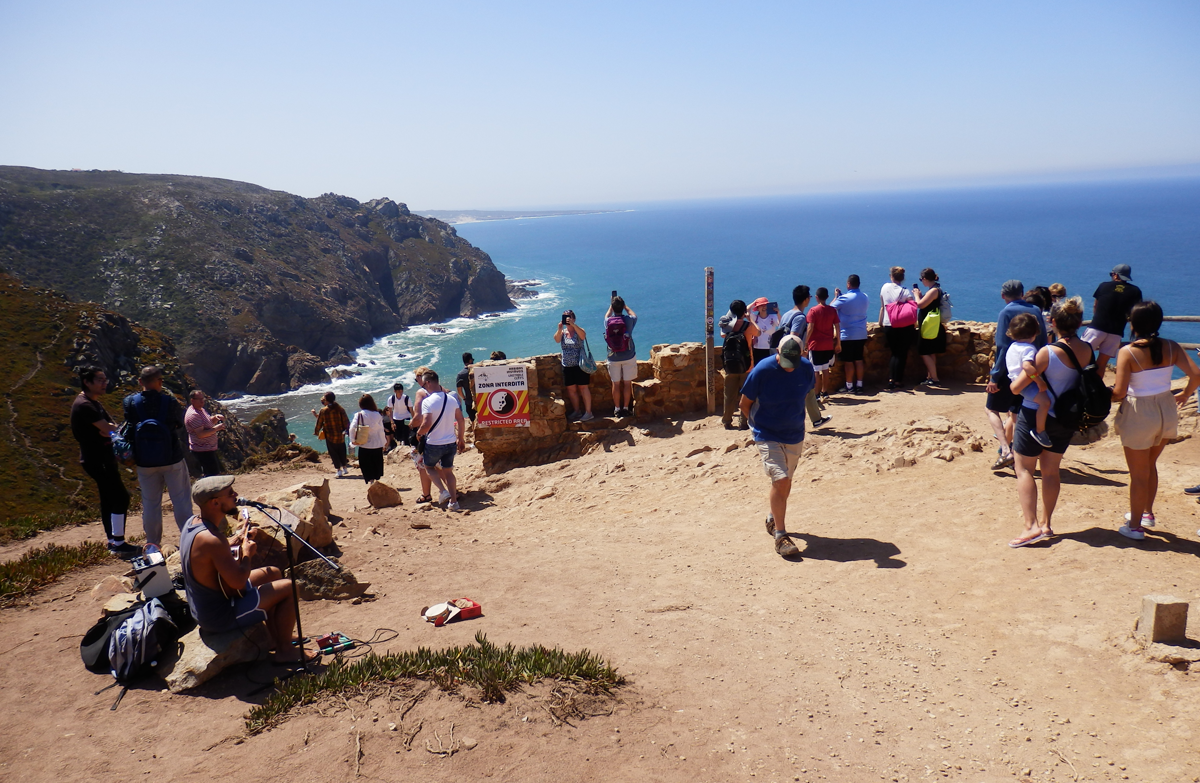
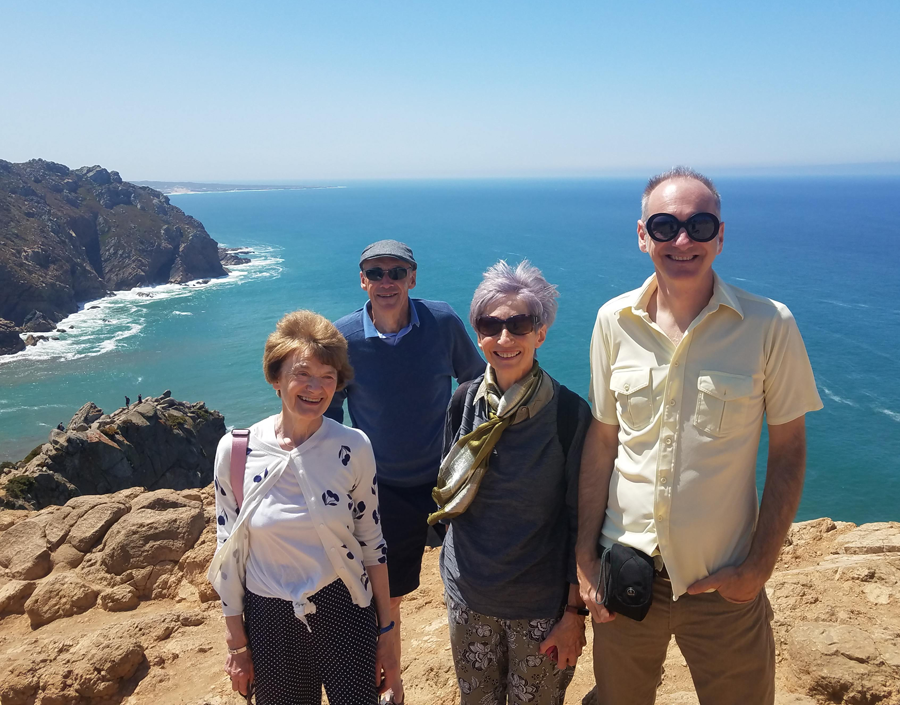
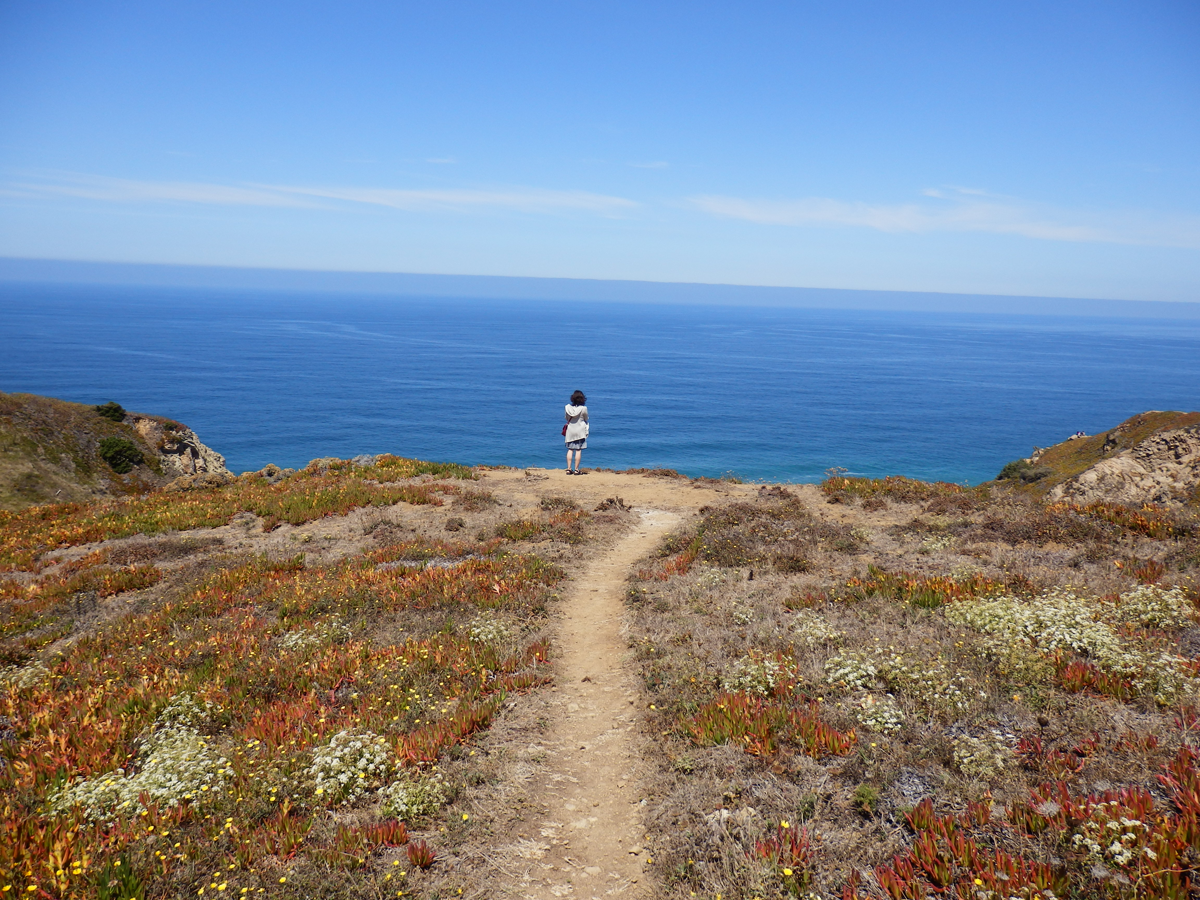
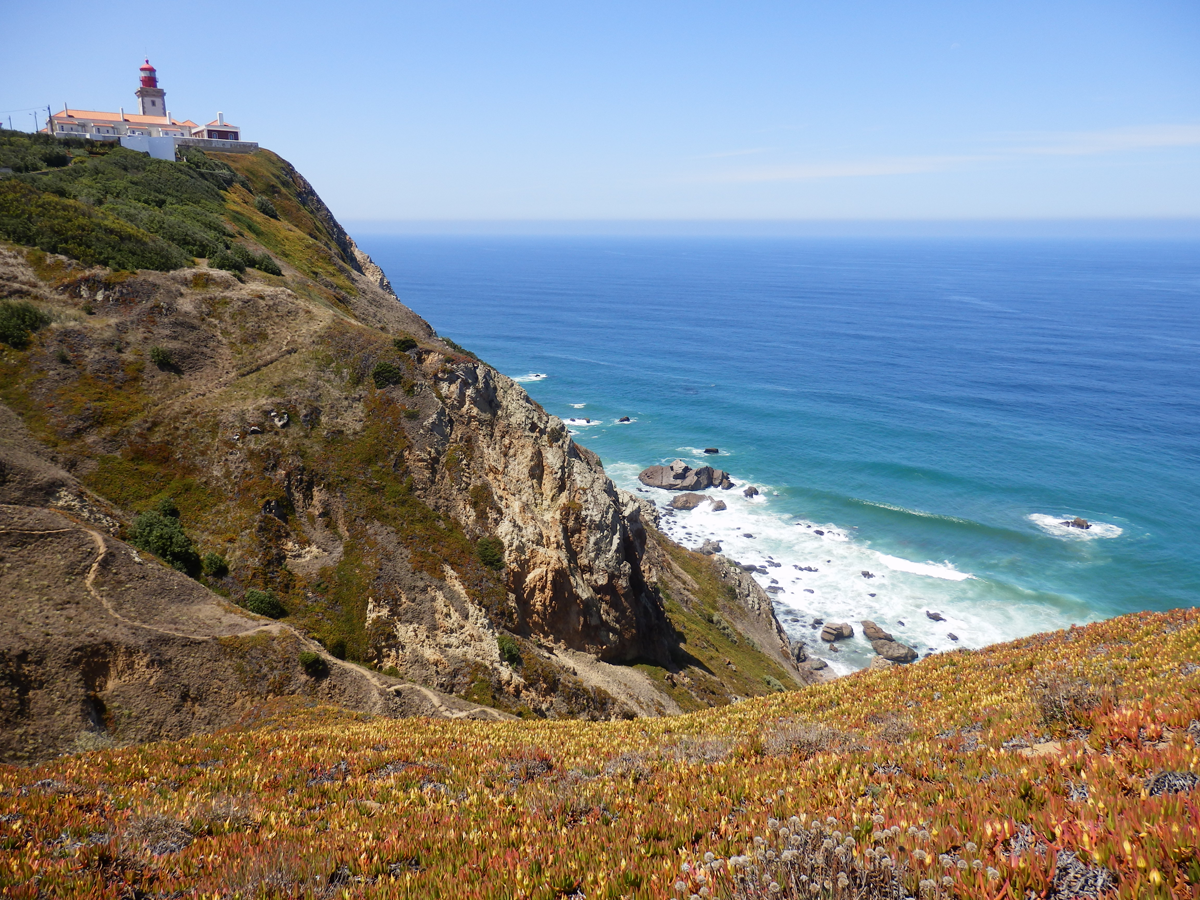
So you’ve seen the sea and you want a swim? Head south to Cascais, another short bus ride from Sintra or train from Lisboa, on the southwest tip of Portugal. It’s a fishing town turned resort but it is as much a destination and home for Portuguese as foreign tourists. A string of crescent-shaped beaches, some only a hundred yards across, host a variety of sea-side restaurants and shops. Early in the day, the micro-climate of Sintra pulled in banks of fog into some areas, leaving others in bright sun making for dramatic scenes.
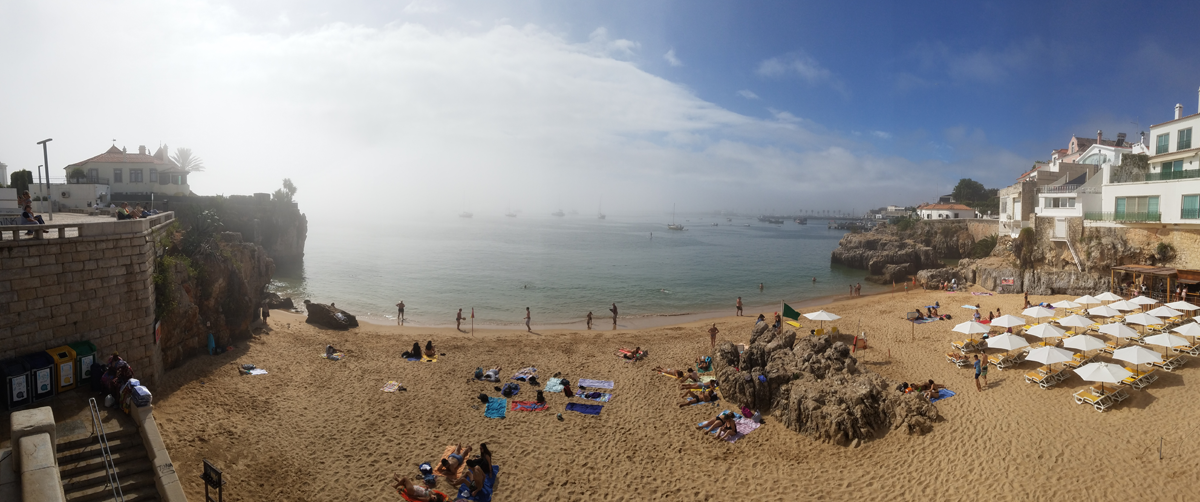
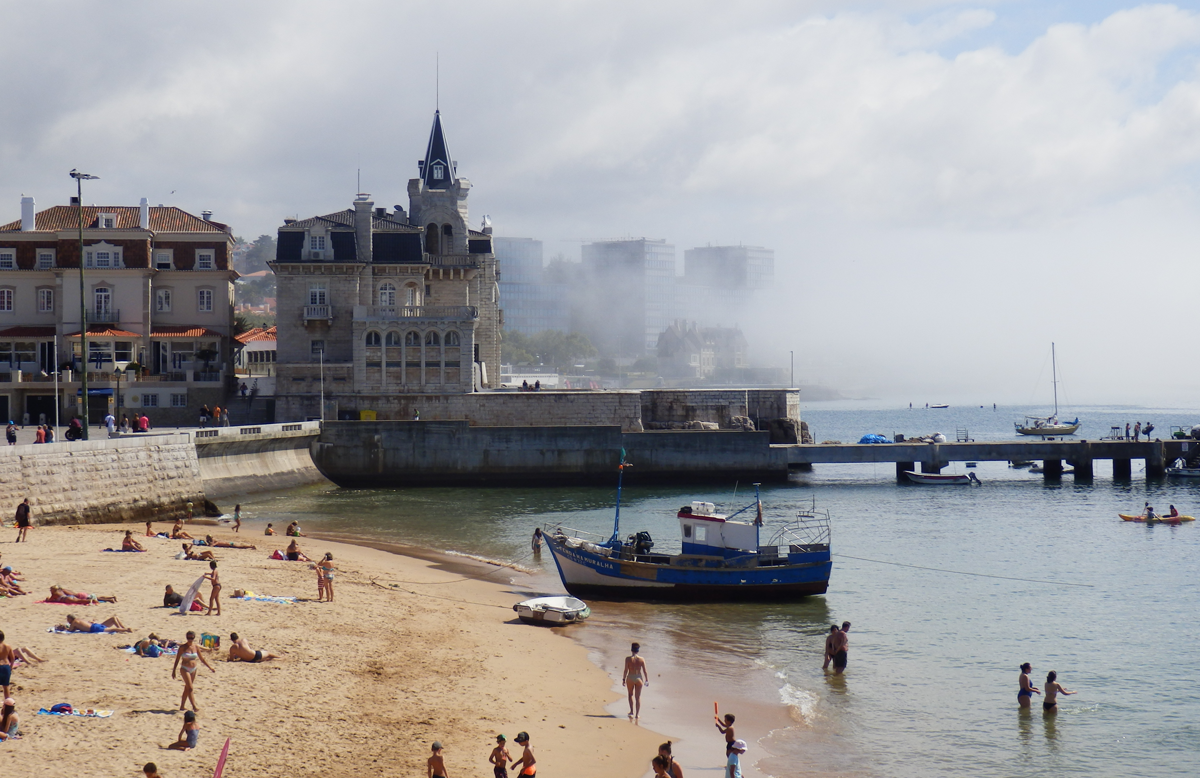
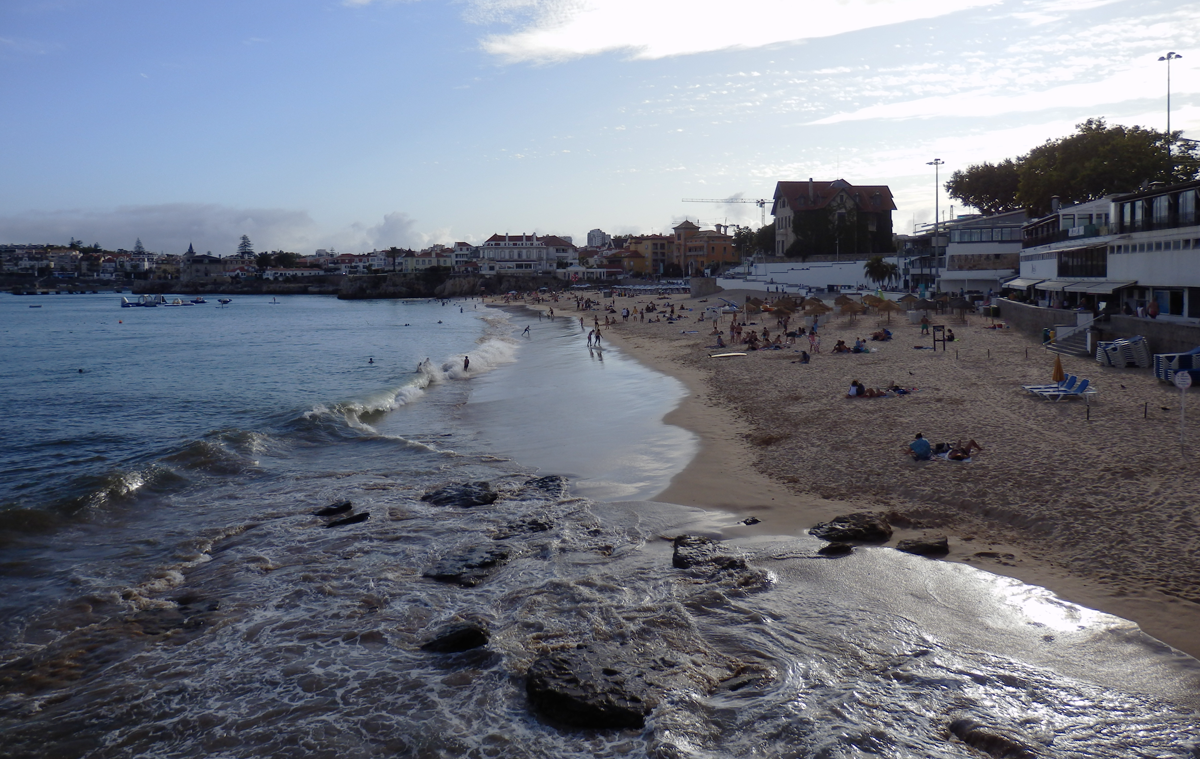
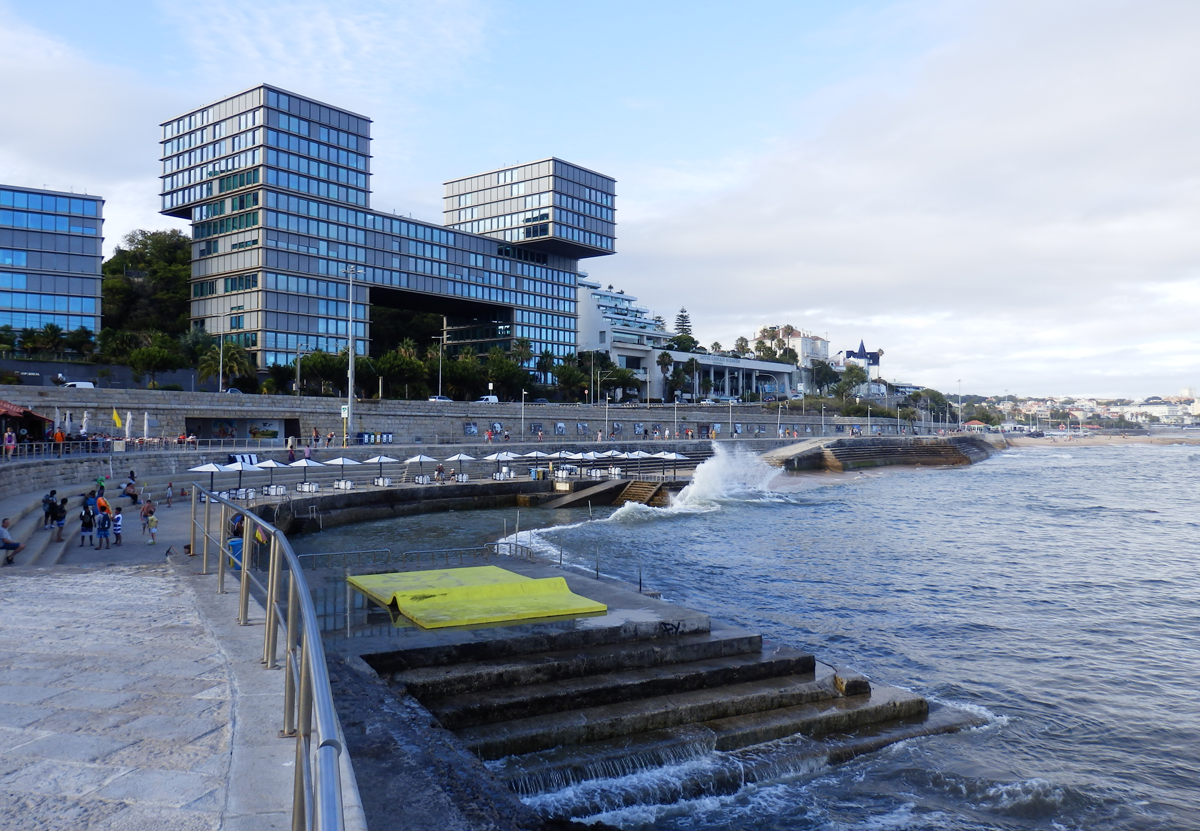
There’s a great beachfront walk leading to the neighboring town to the east, pictured above.
My only complaint – the water, even in August, was freezing. A few kids splashed about. Surfers in wet-suits paddled out to ride the waves. But I only managed to get ankle-deep. After standing there for several minutes, hoping I’d get used to the temperature, I turned and hobbled back to the warm sand. Even so, we had a pleasant afternoon lounging. I’m the one in white (t-shirt, and skin.)
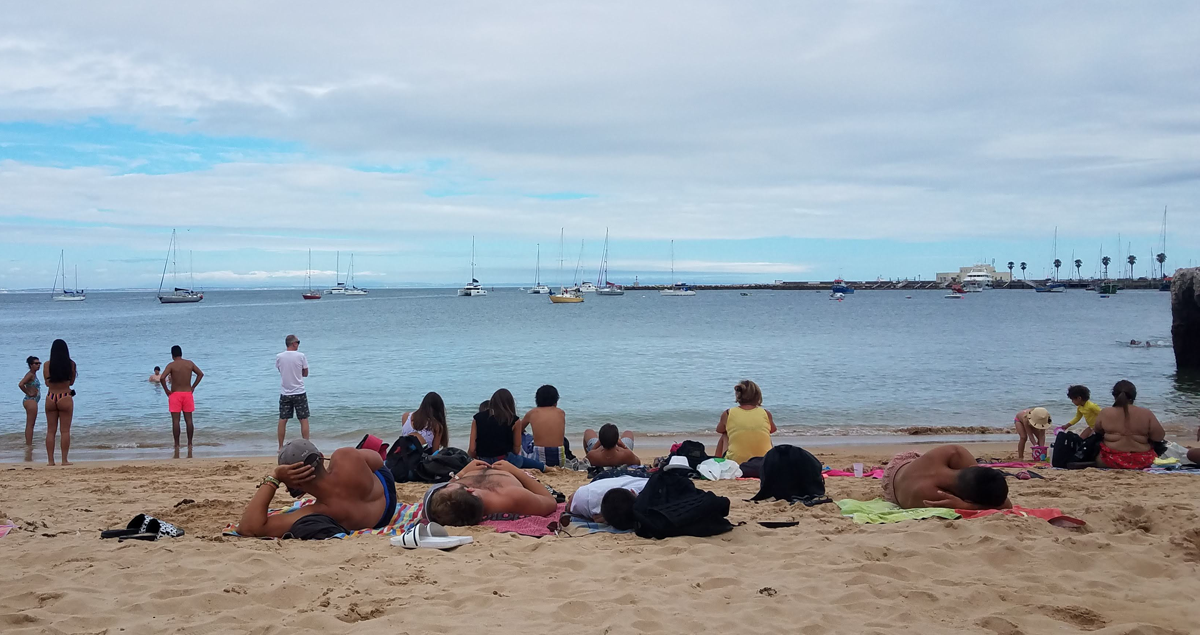
Beach aside, there is other stuff to see in Cascais. Walk west of town and you’ll pass a lot of public art, an old fort, a gorgeous lighthouse, a few museums, and a little cave/cove they call the “Inferno” surrounded by trinket shops and restaurants.
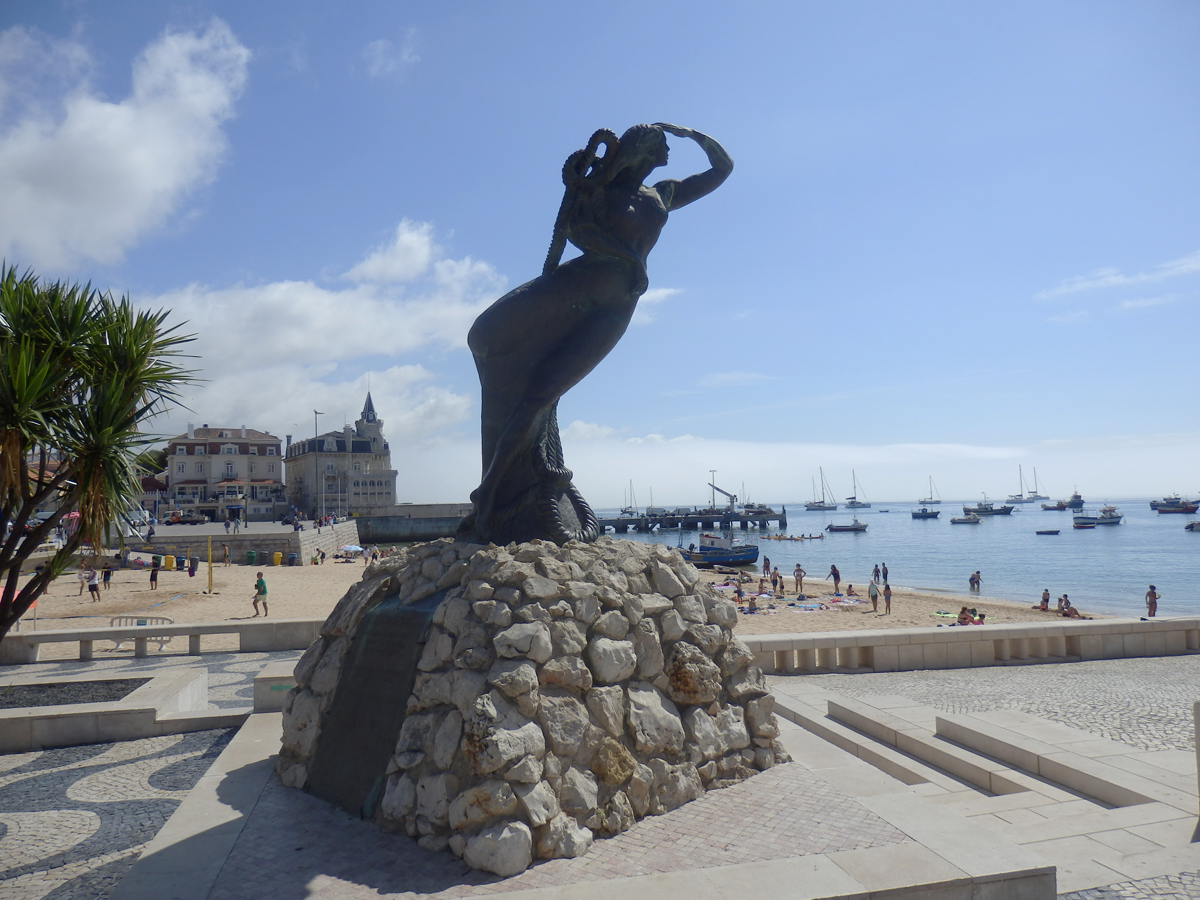
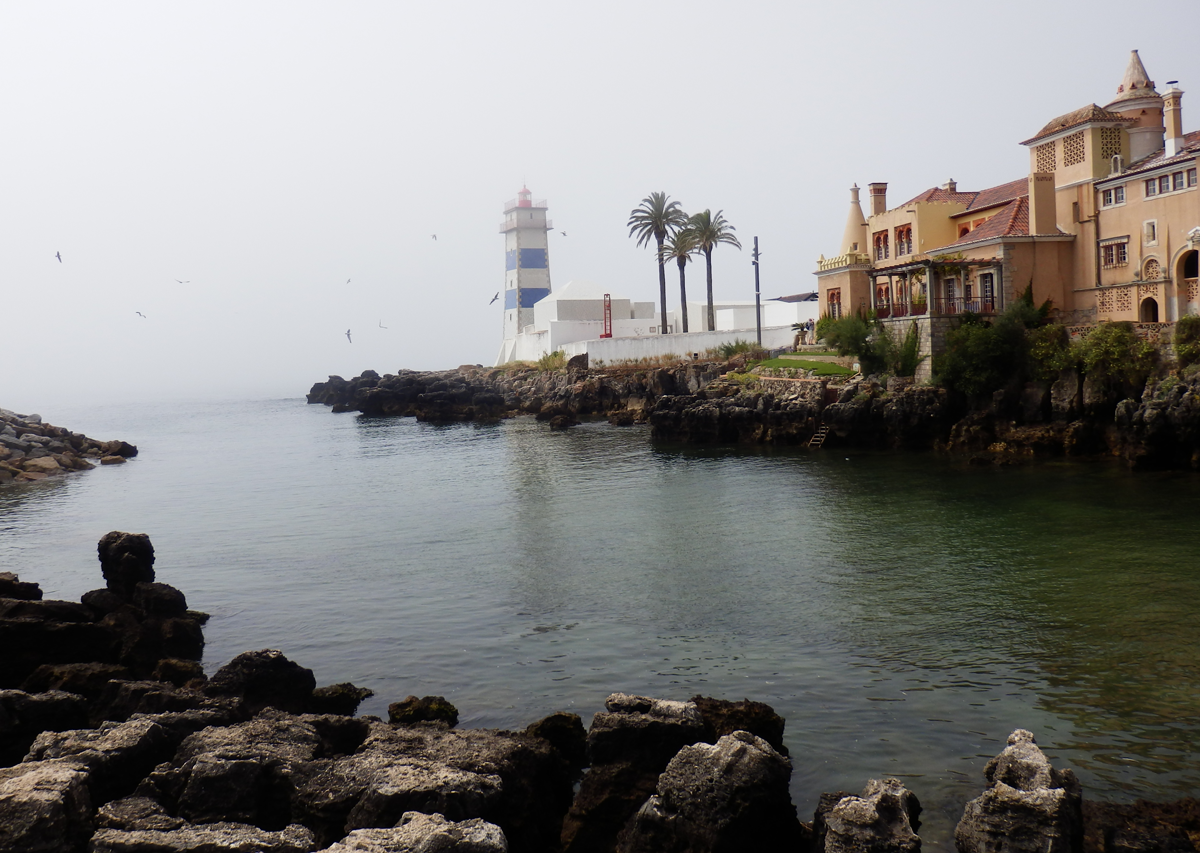
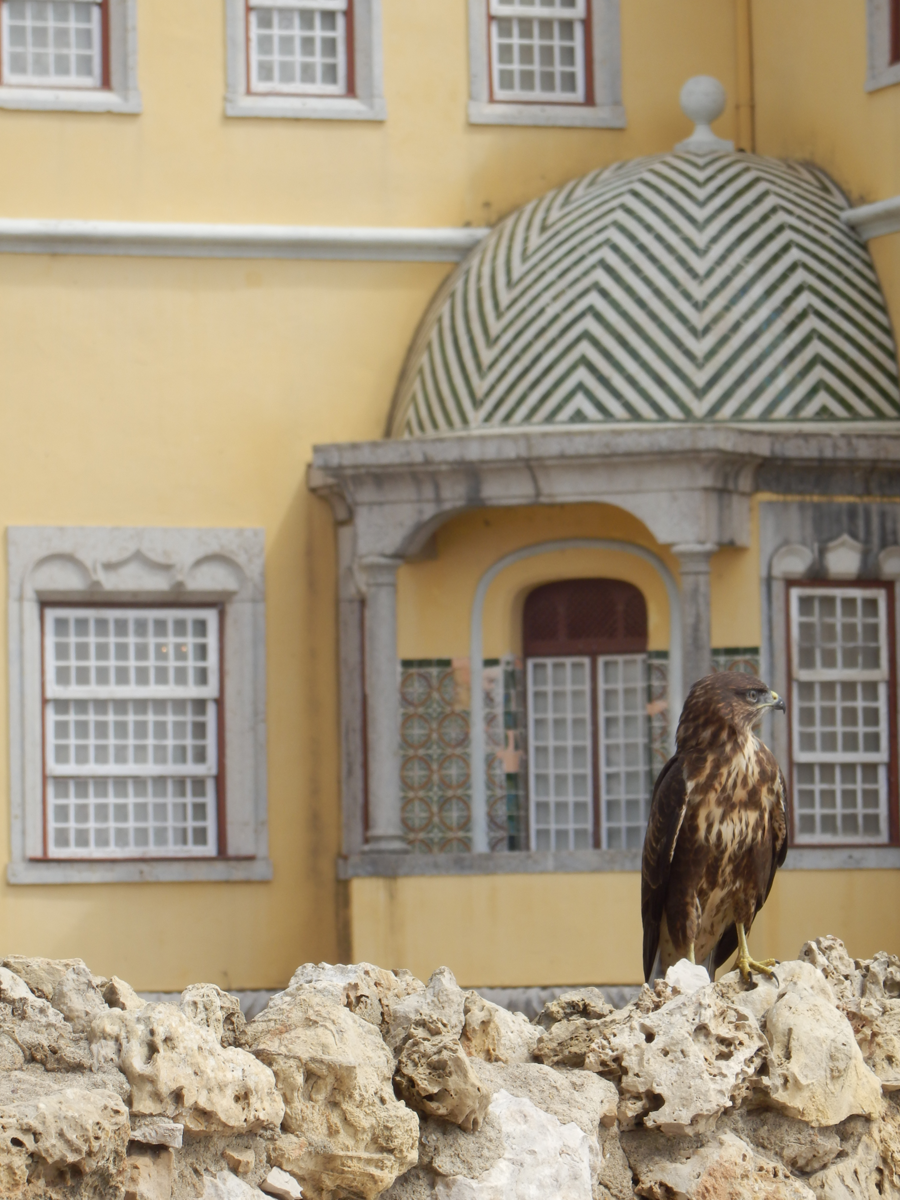
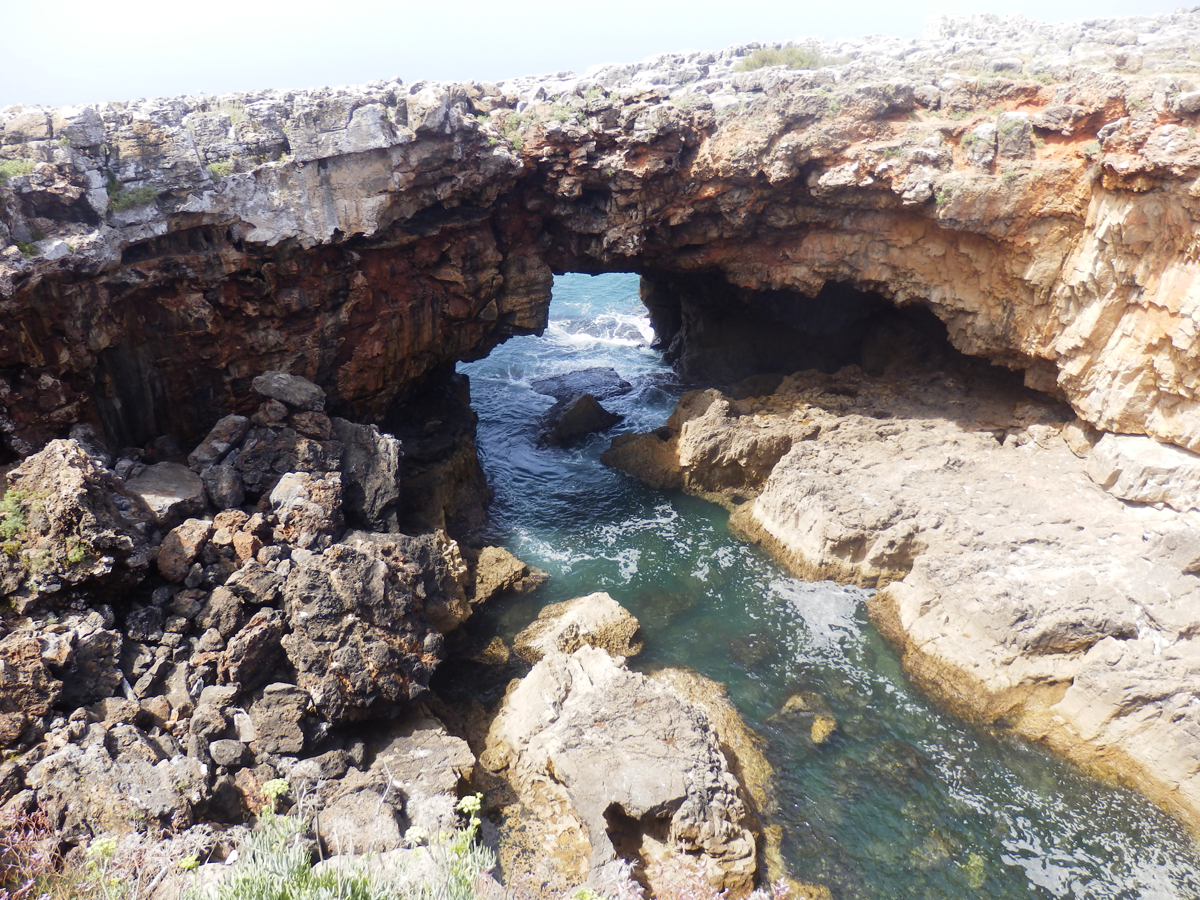
The town itself ain’t half bad. The usual glorious tile buildings make way for modern stuff, making it feel less like a theme park than other places. There are great restaurants all over. Plenty of shopping. It’s a thriving place.
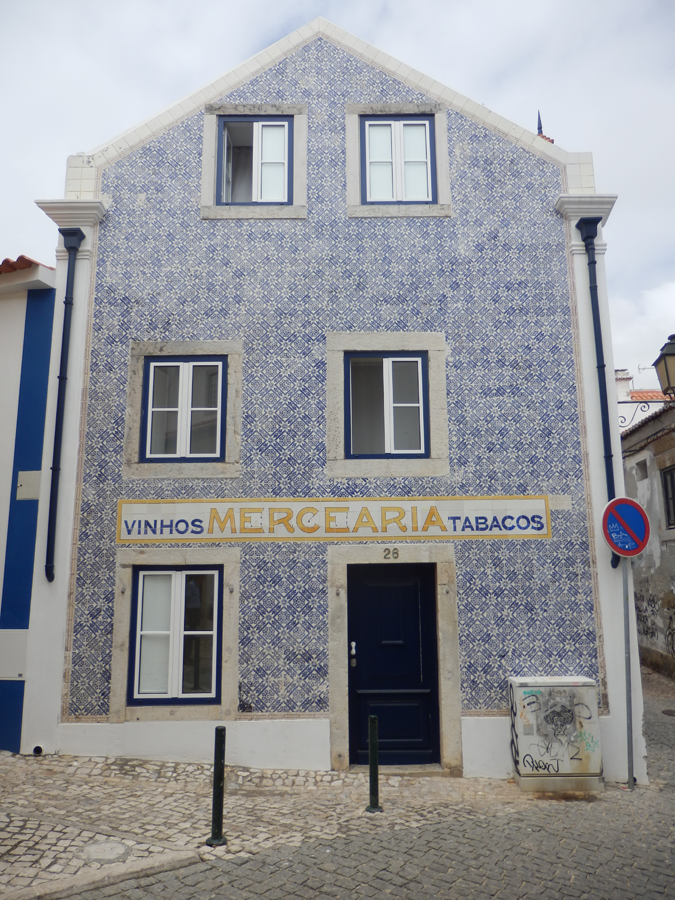
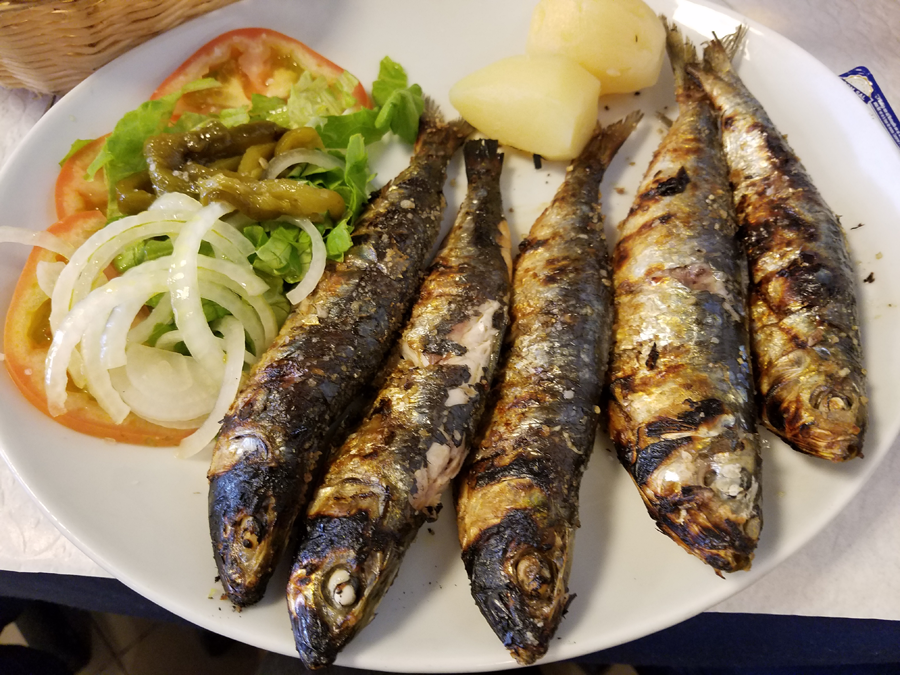
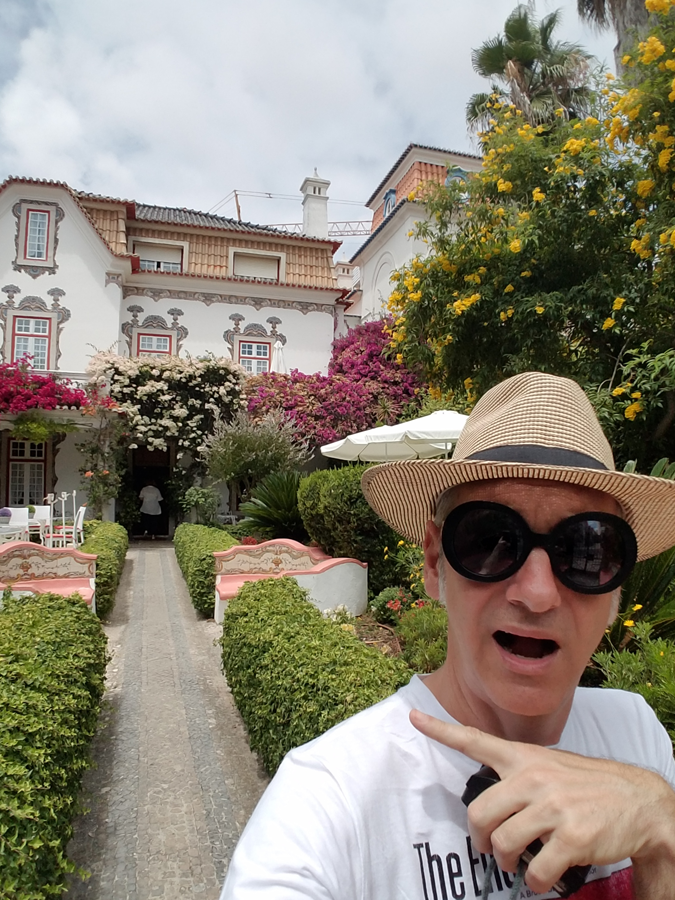
Cascais also featured one of the prettiest hotels I’ve stayed in, shown above. Other tourists would stop and take pictures of us eating breakfast.
Overall, I’d say you don’t need more than a couple of nights in Cascais unless you’re just really a beach person. There is so much more to see in Portugal – such as our next and final stop, Porto. Stay tuned.